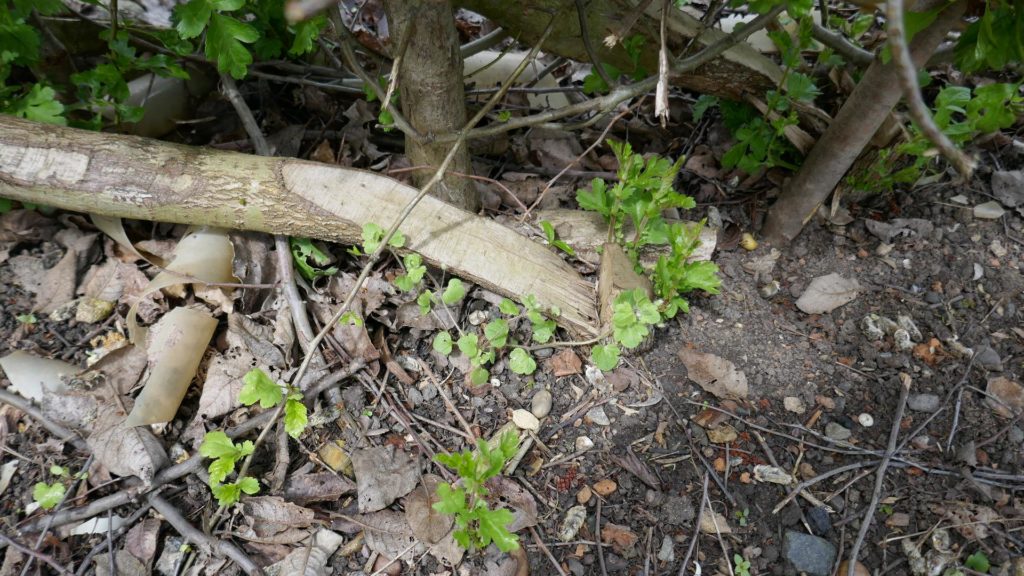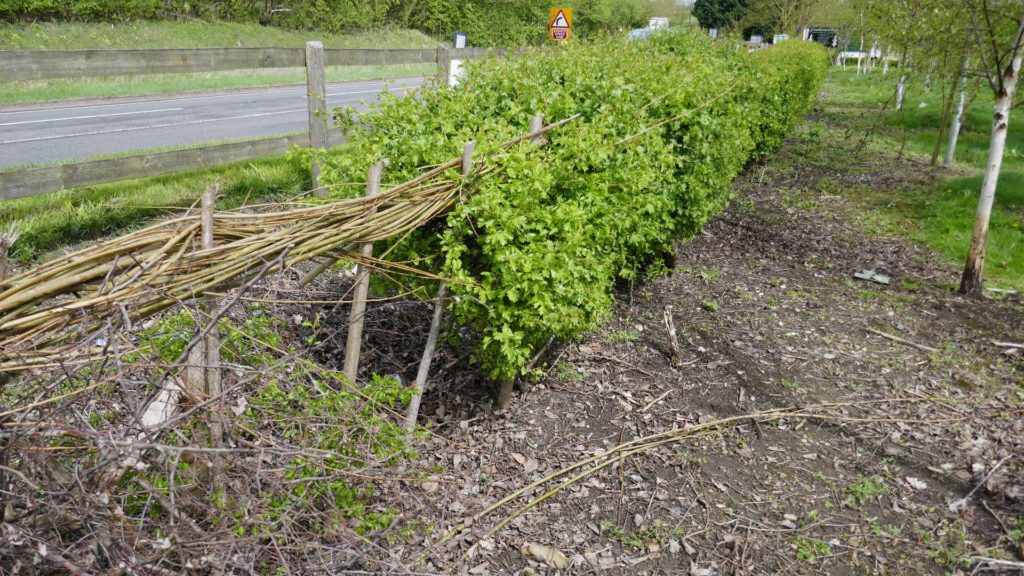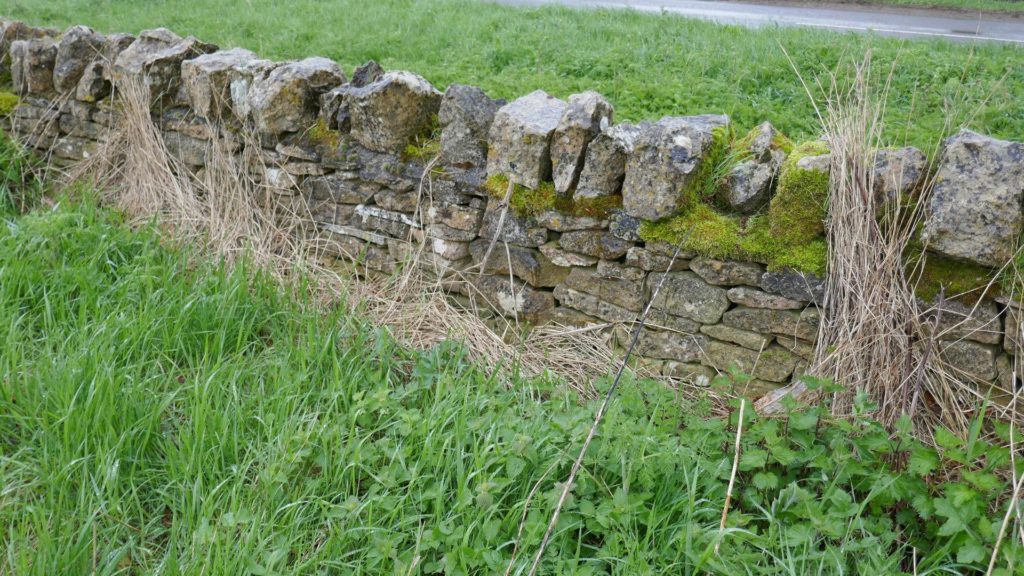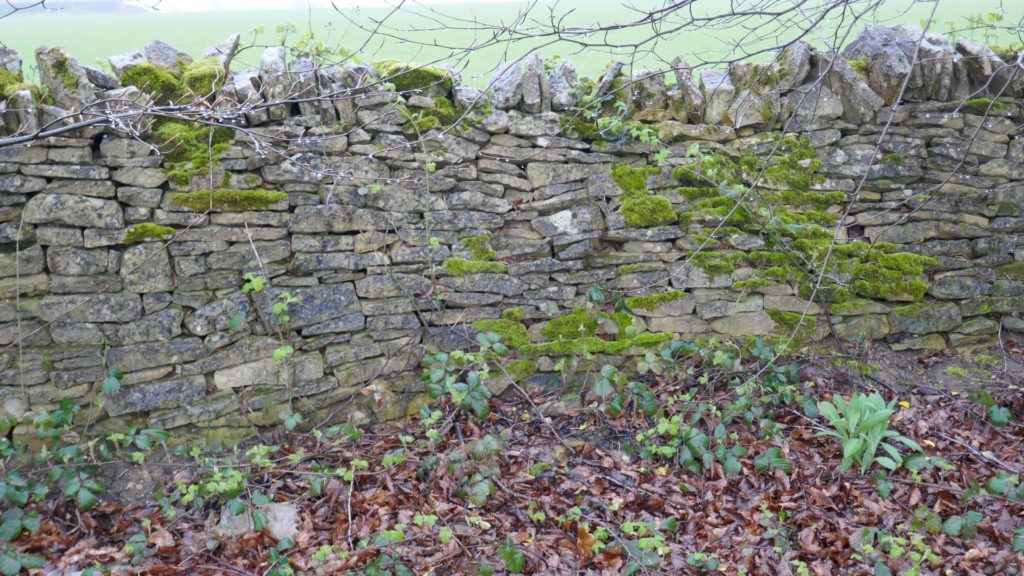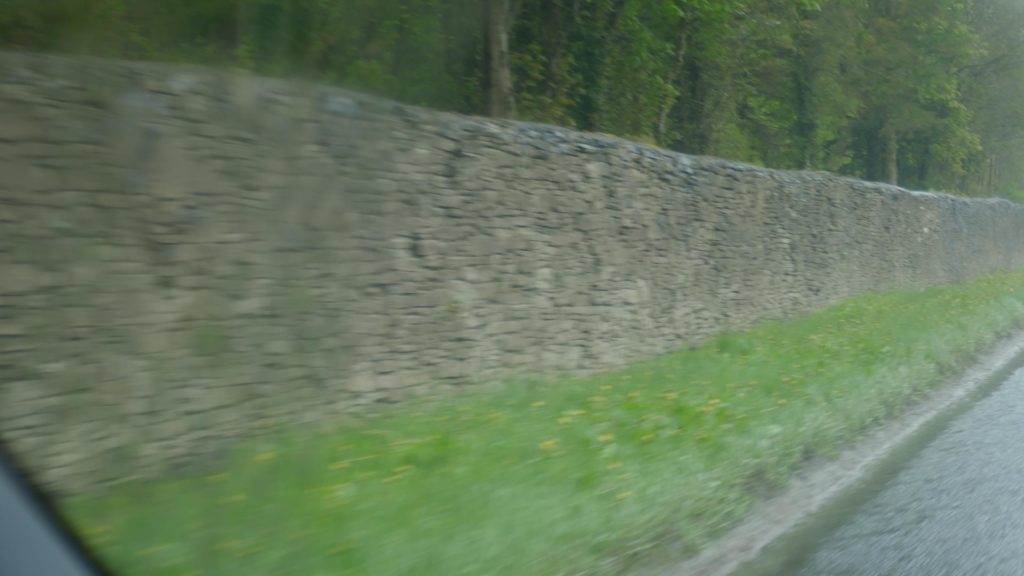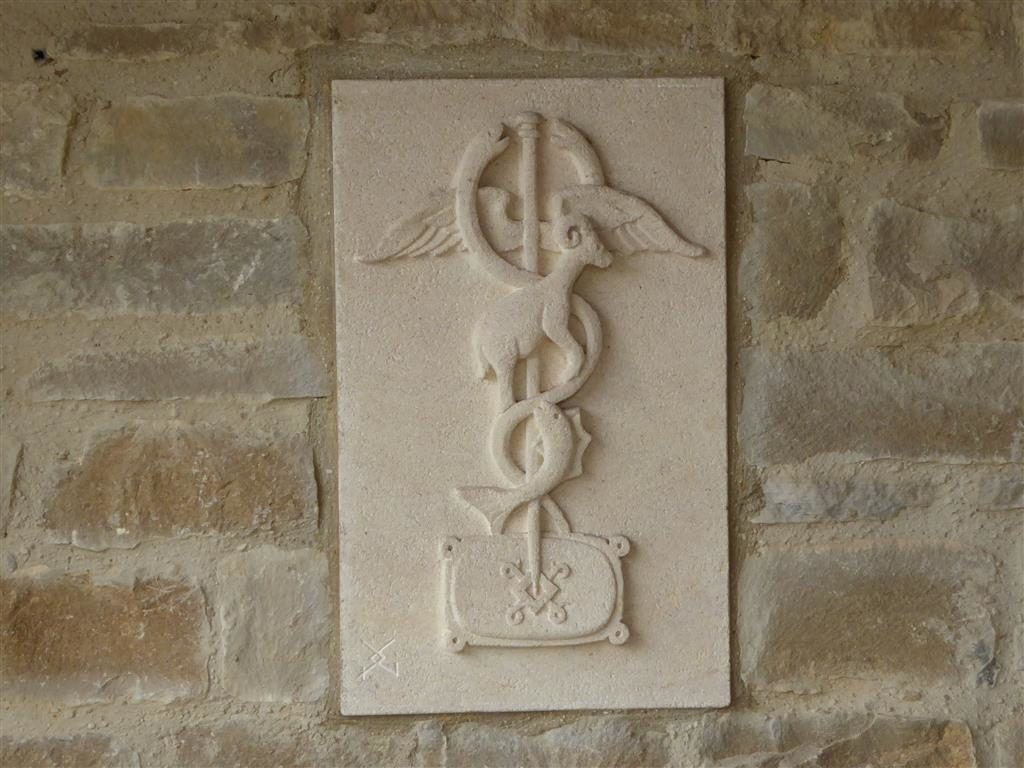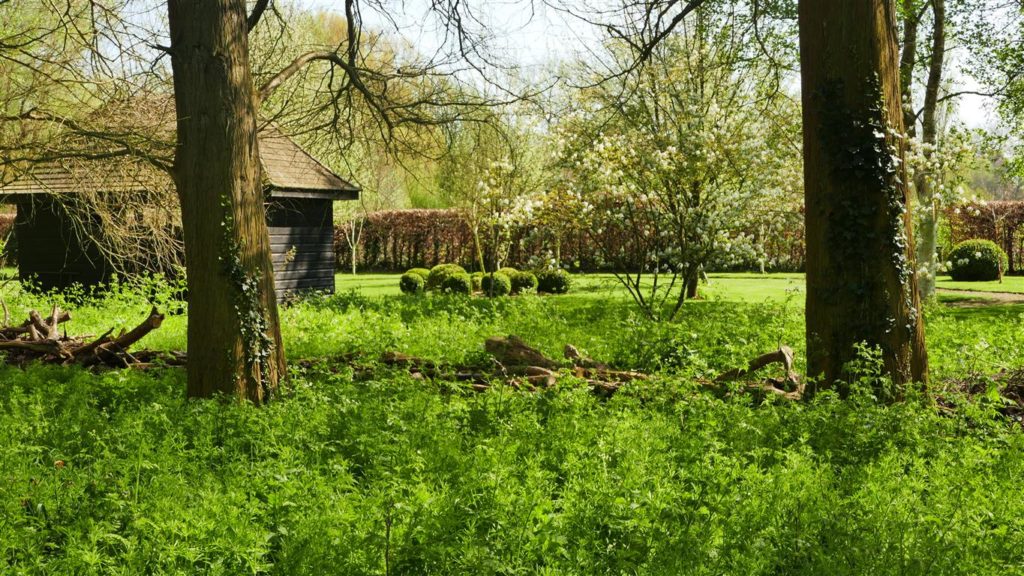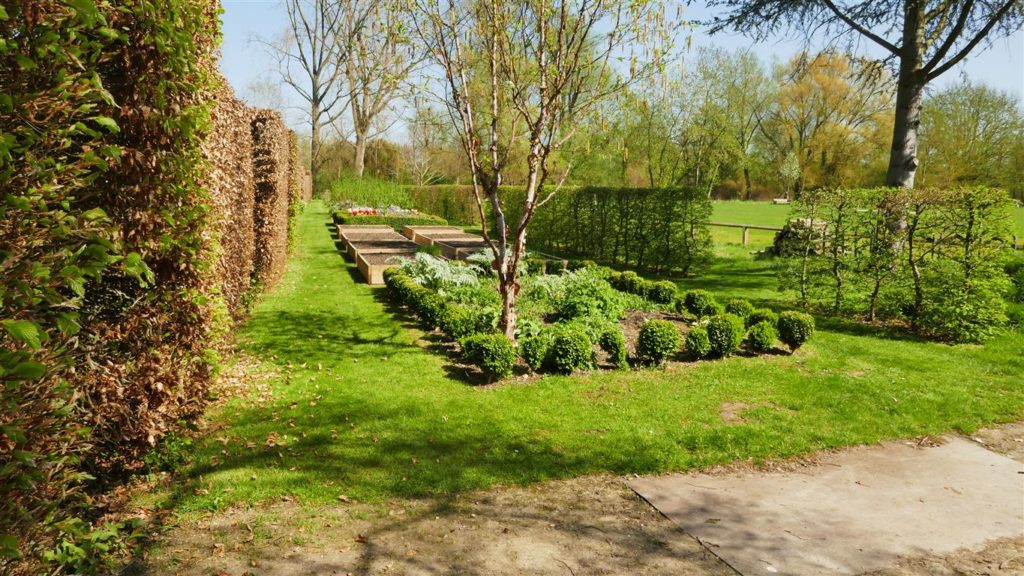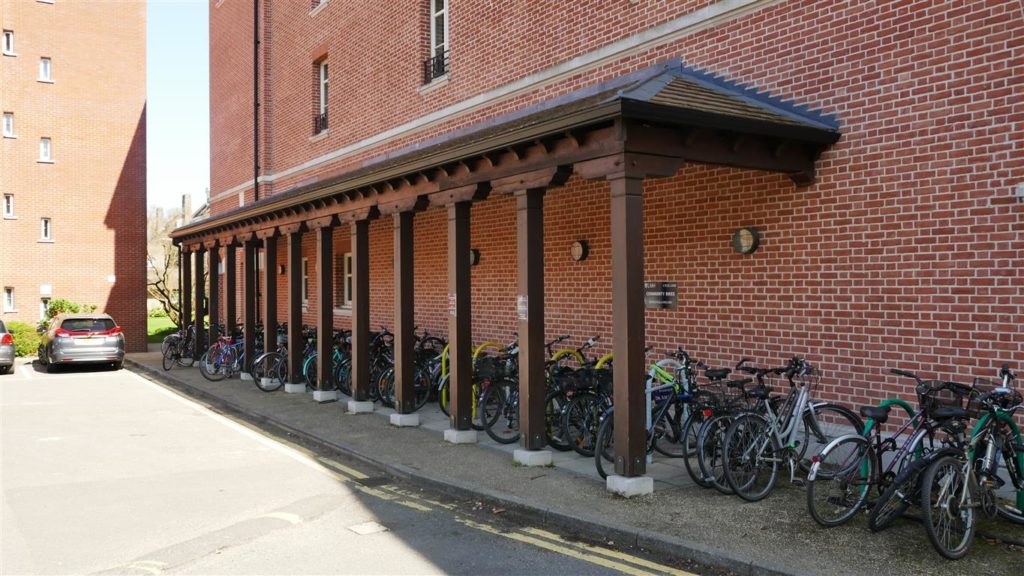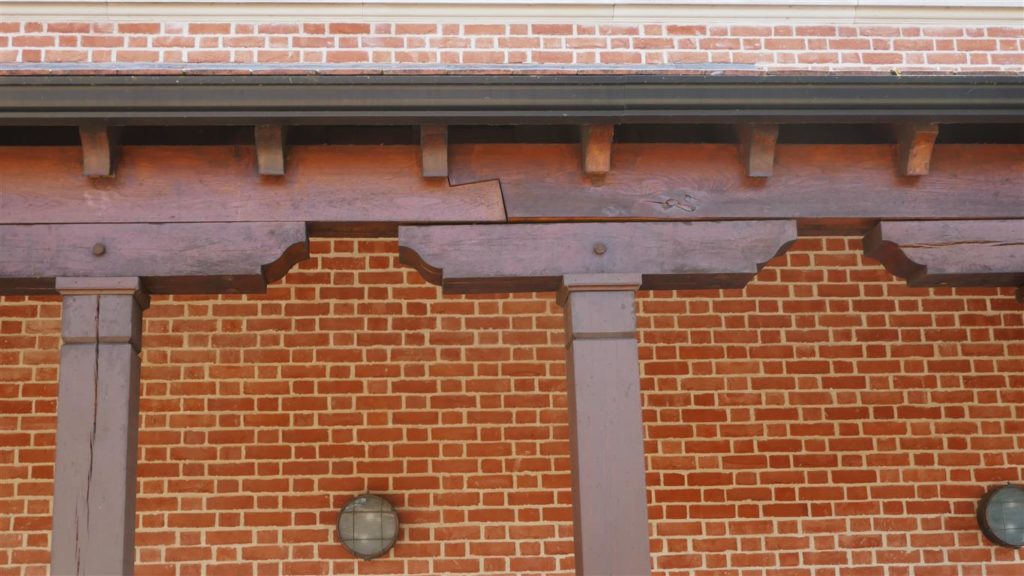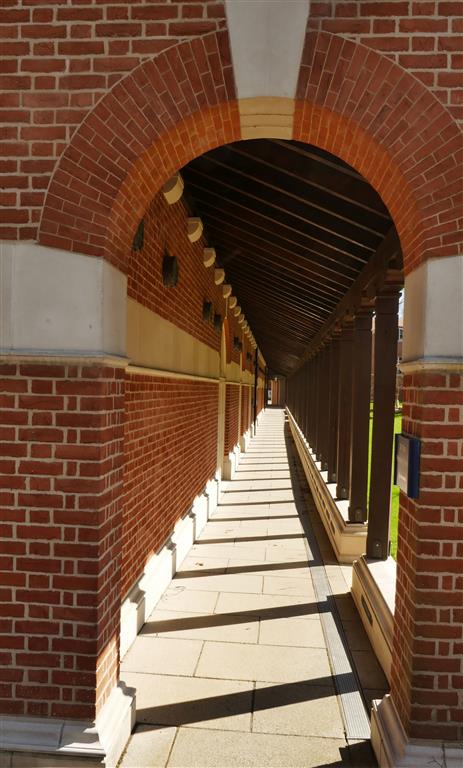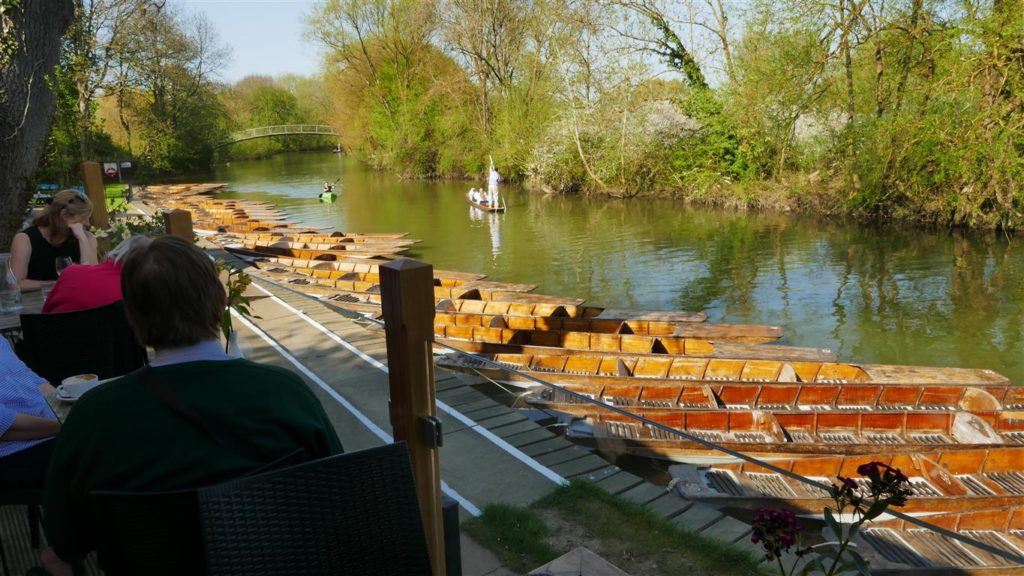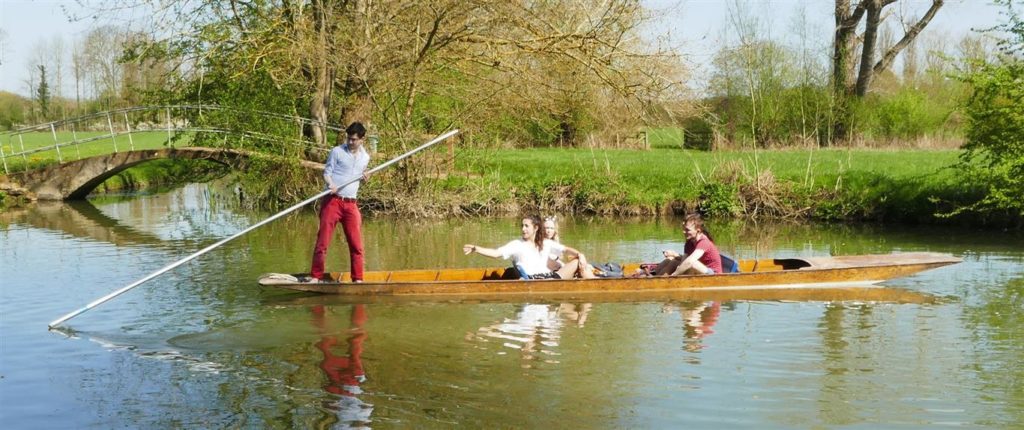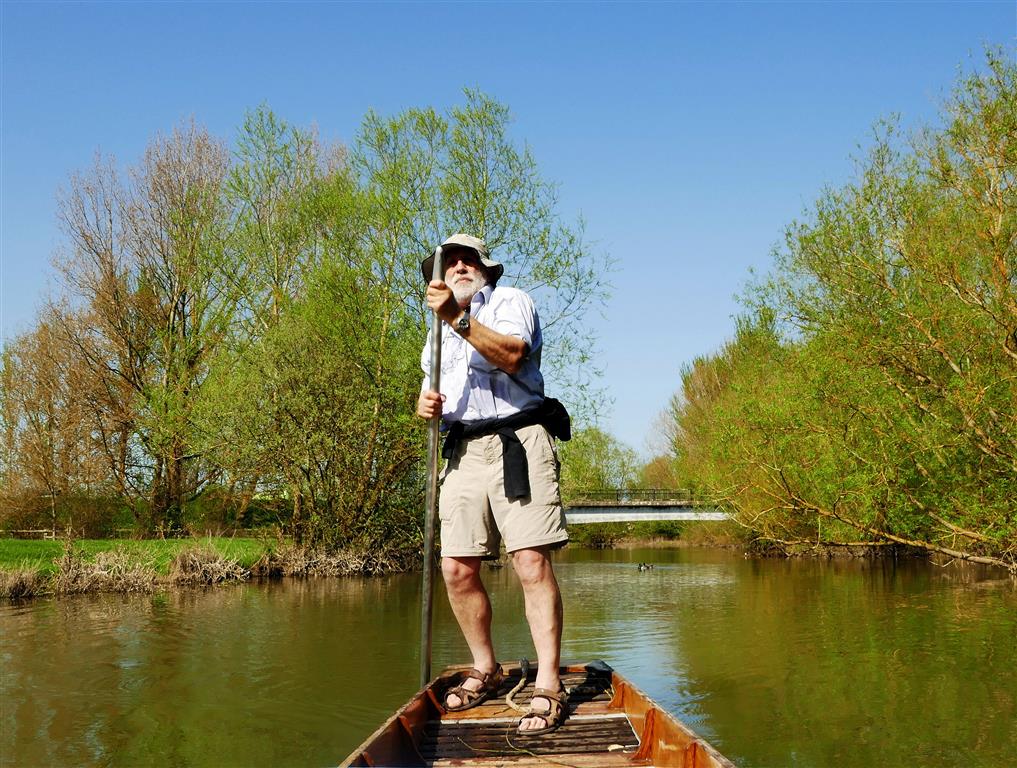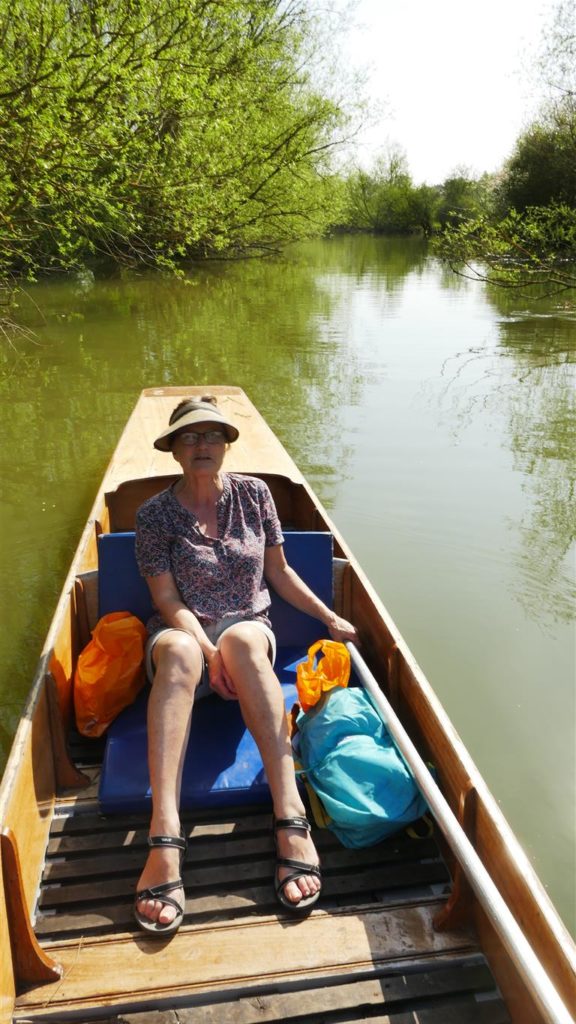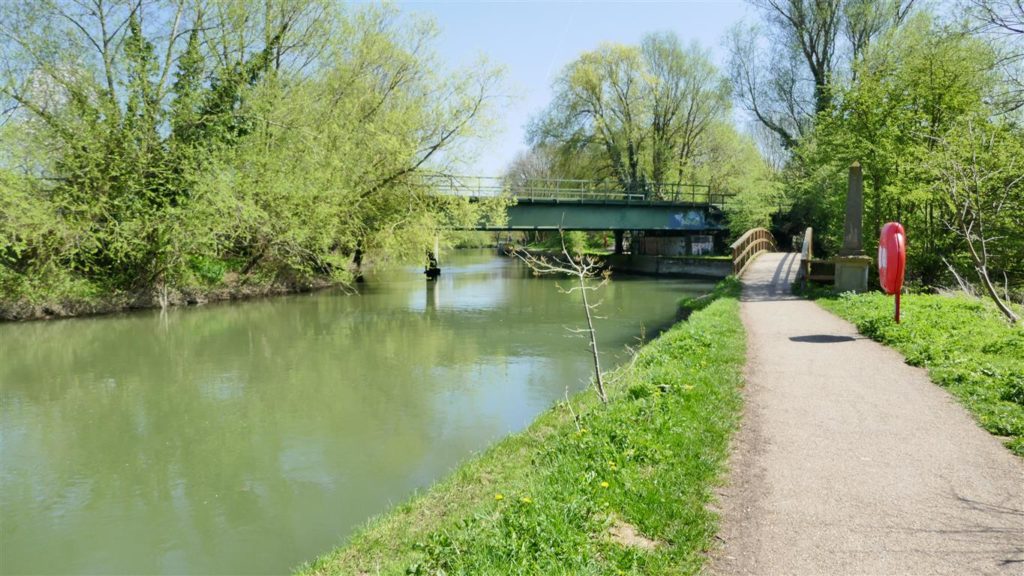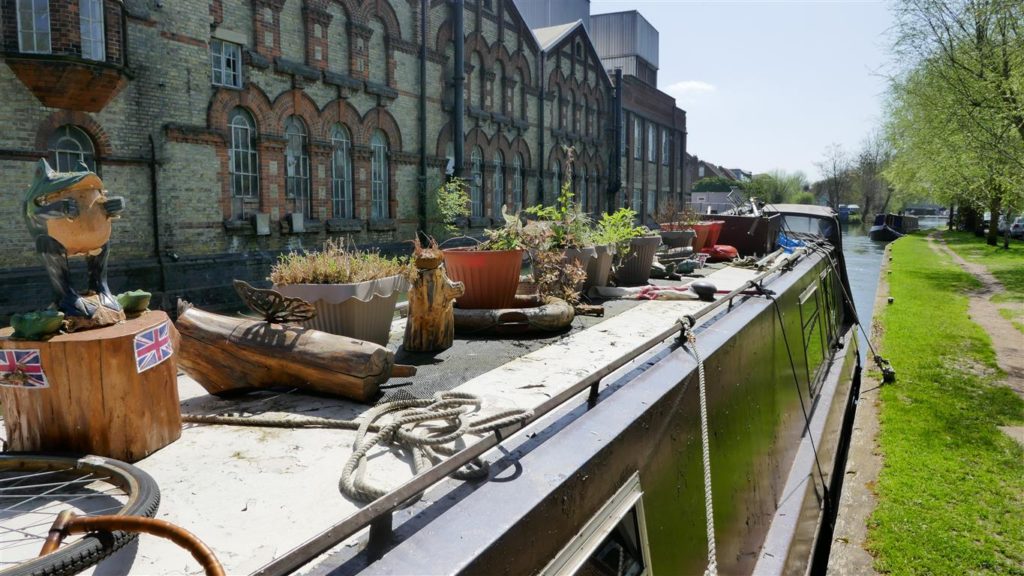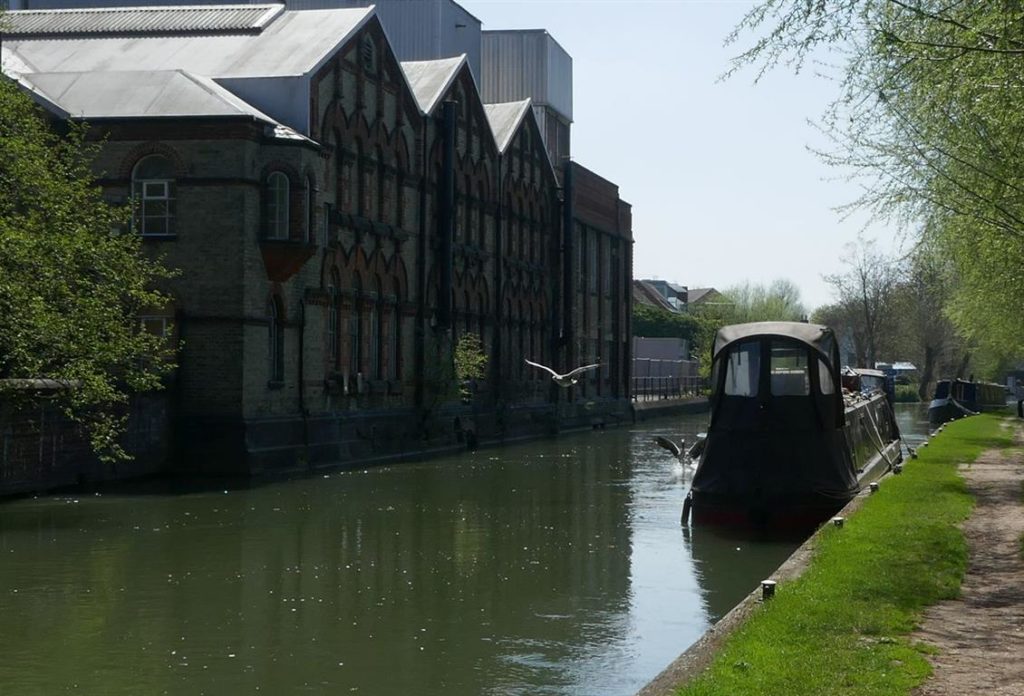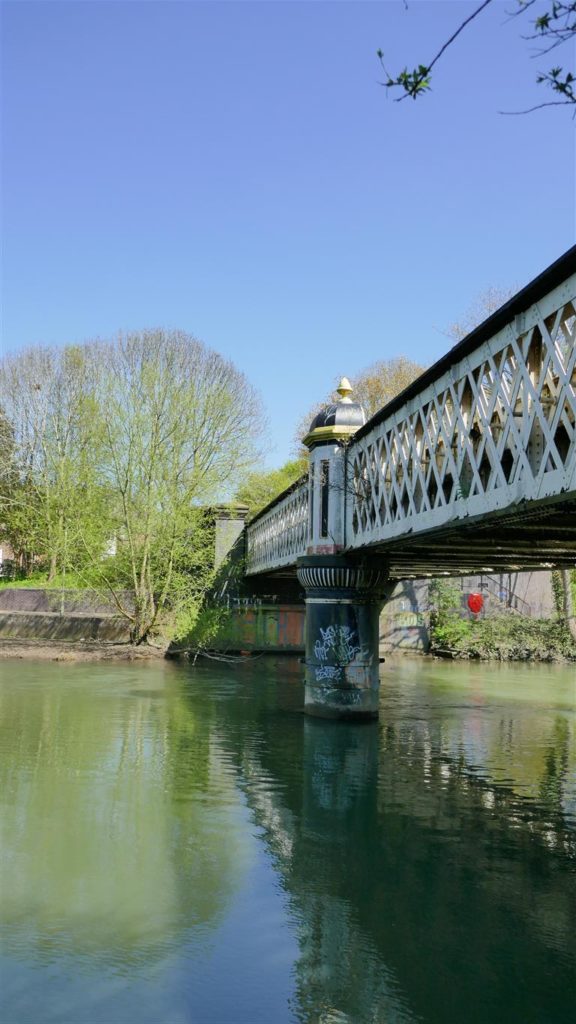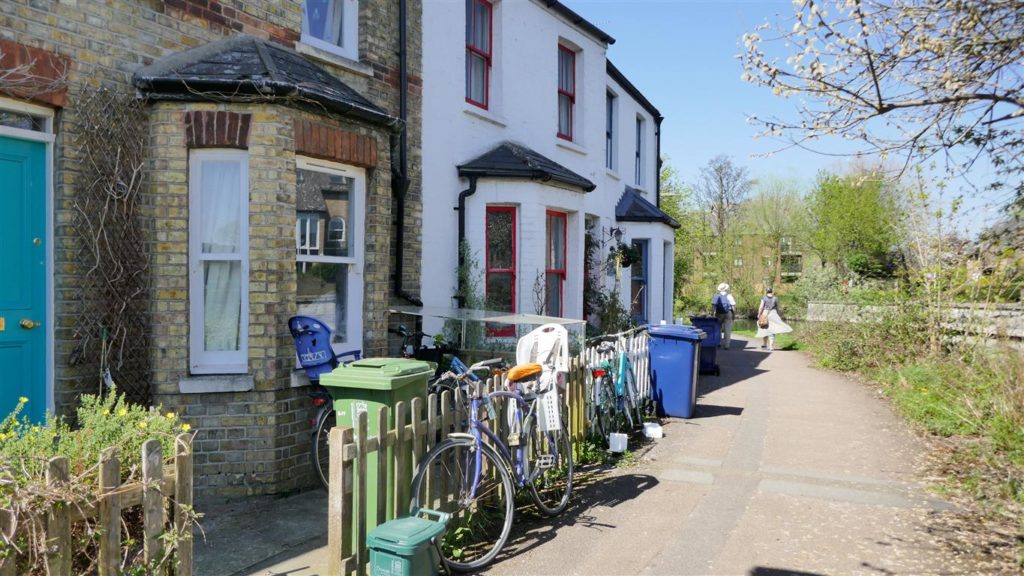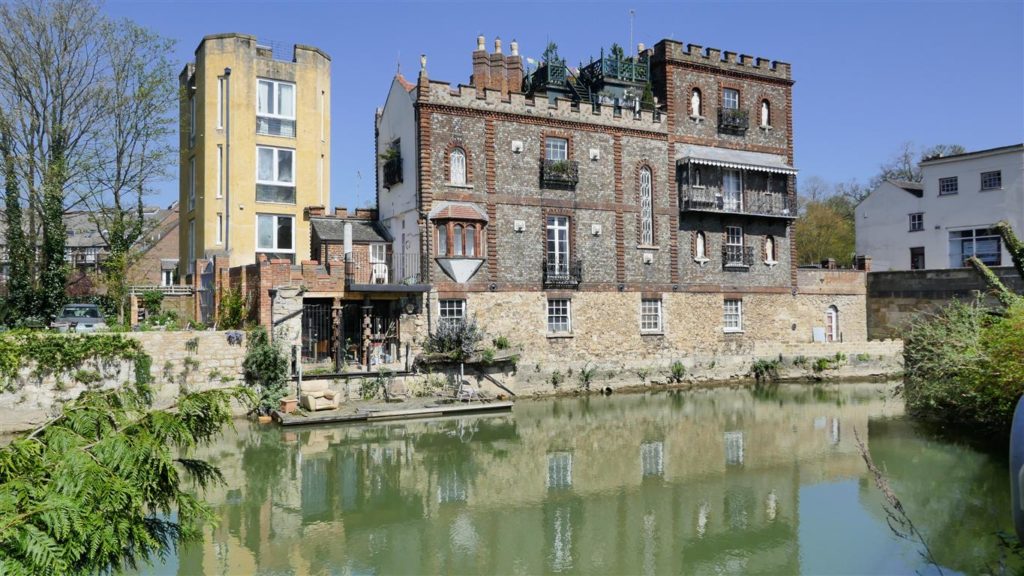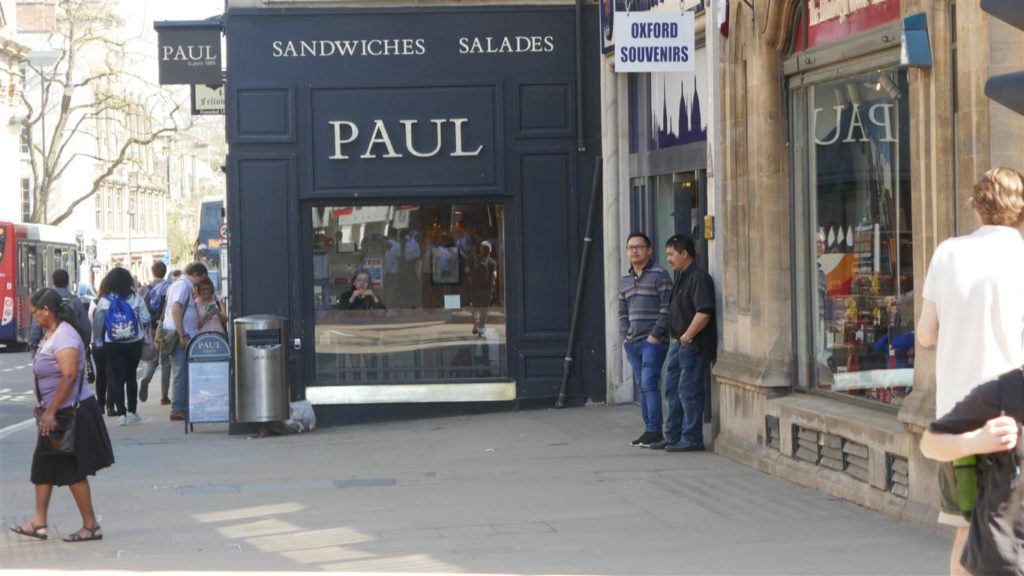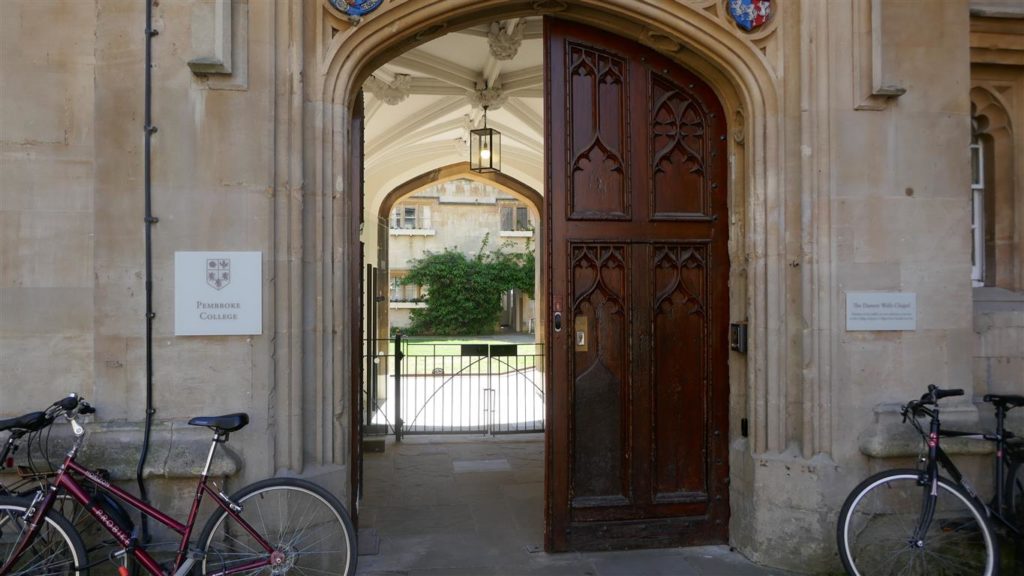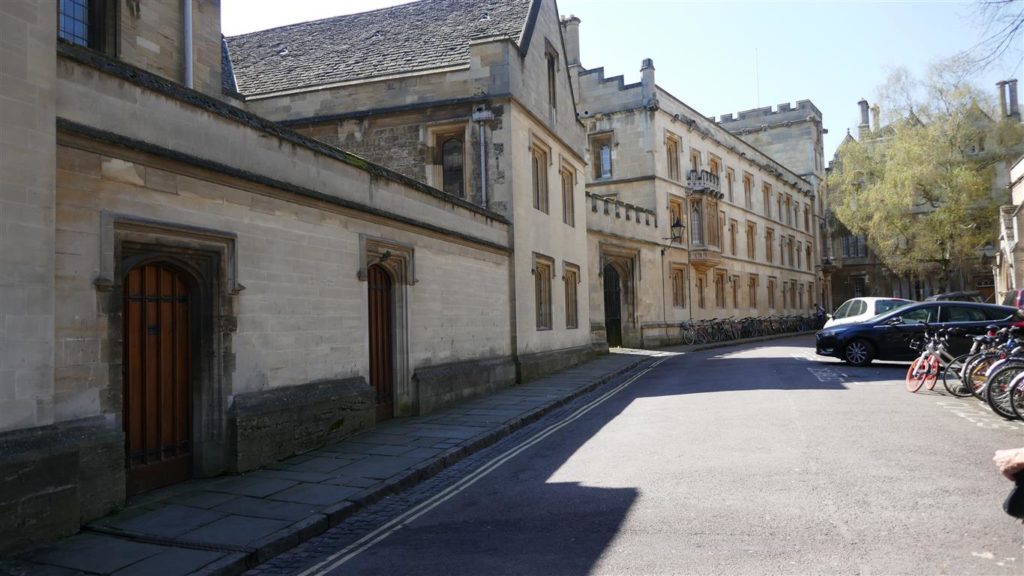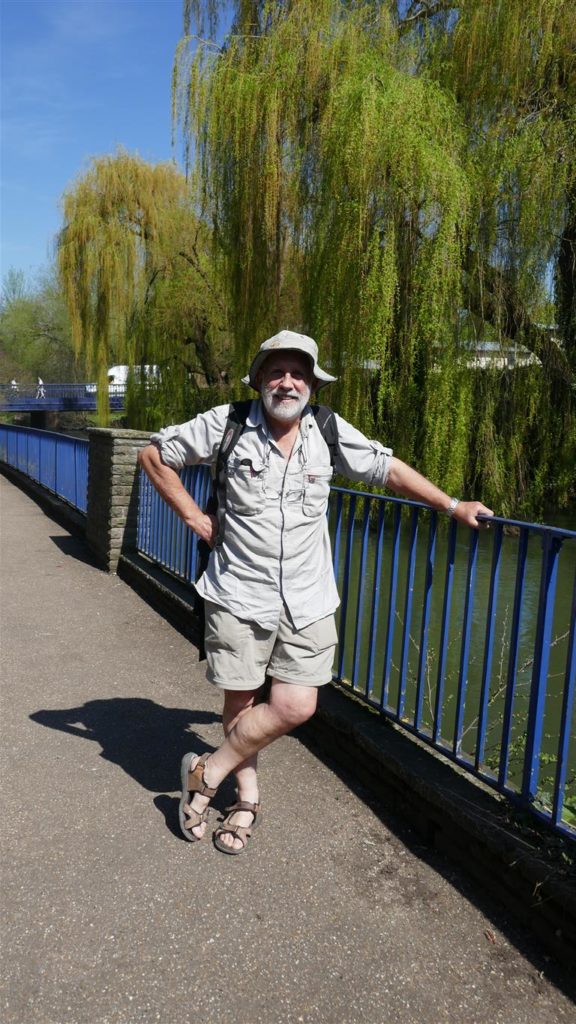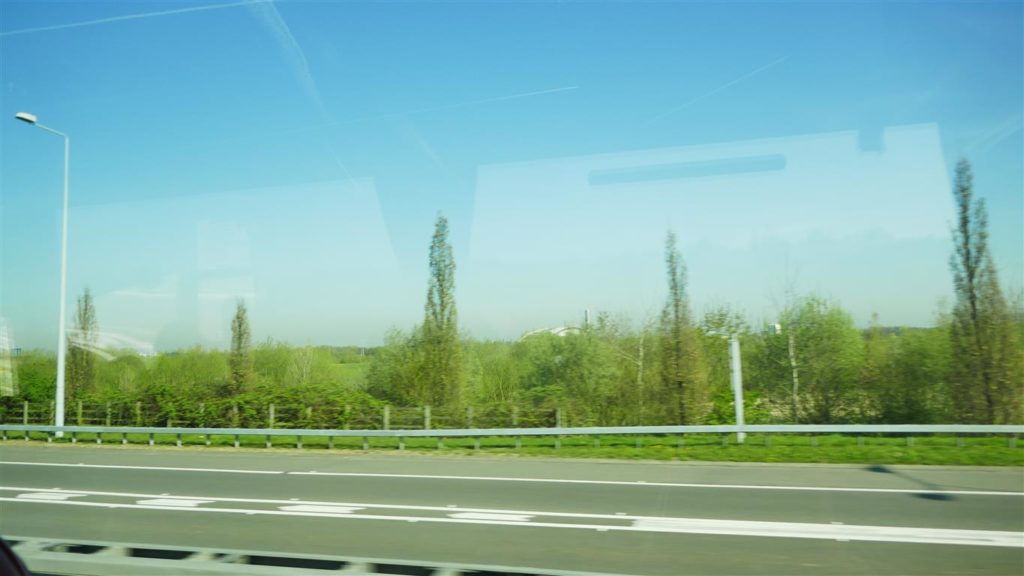The bus driver’s route was via a large riverside Park. It was a delightful walk, with well laid-out paths, seats in the right places, lakes and all. We enjoyed our lunch on a bench surrounded by flowers and large trees.
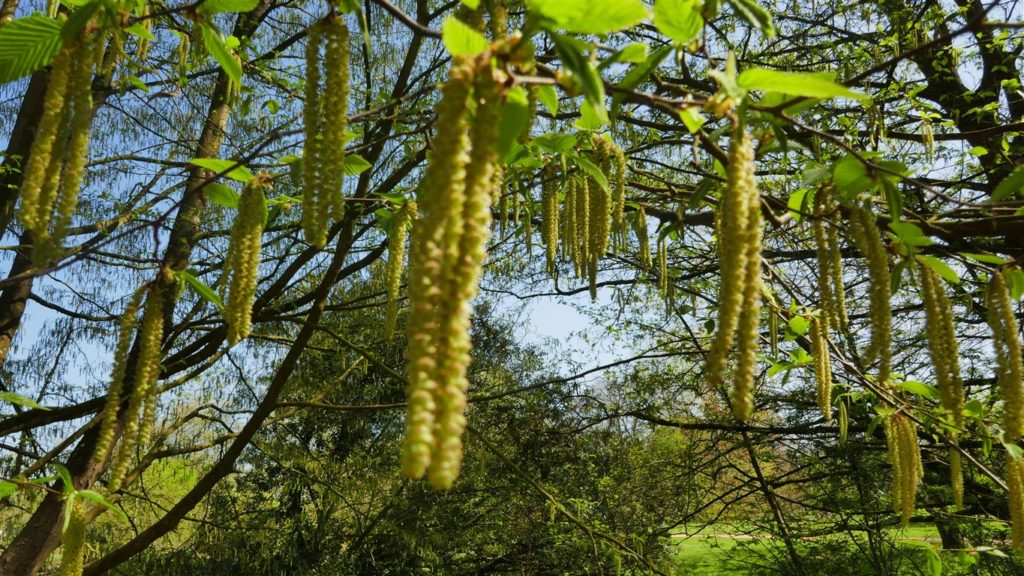
Further along was a cricket match in progress – all in whites, in front of an imposing clubhouse. A world away from the busy Banbury road all I could hear was the click of ball and bat, occasional call of the players, and sporadic clapping of the spectators.
My history with cricket was fairly painful. As a child at prep school I was forced to play games, but being uncoordinated, clumsy, uninterested in the rules and – the worst sin of all – didn’t care who won – my sporting career was short and sour.
But now on a sunny afternoon in a park in Oxford I thought it was all rather nice.
It recalled the well-known poem I had to learn at about the same time by Robert Graves – Grantchester – which in part goes:
And in that garden, black and white,
Creep whispers through the grass all night;
And spectral dance, before the dawn,
A hundred Vicars down the lawn;
Curates, long dust, will come and go
On lissom, clerical, printless toe;
…
Say, is there Beauty yet to find?
And Certainty? and Quiet kind?
Deep meadows yet, for to forget
The lies, and truths, and pain?… oh! yet
Stands the Church clock at ten to three?
And is there honey still for tea?
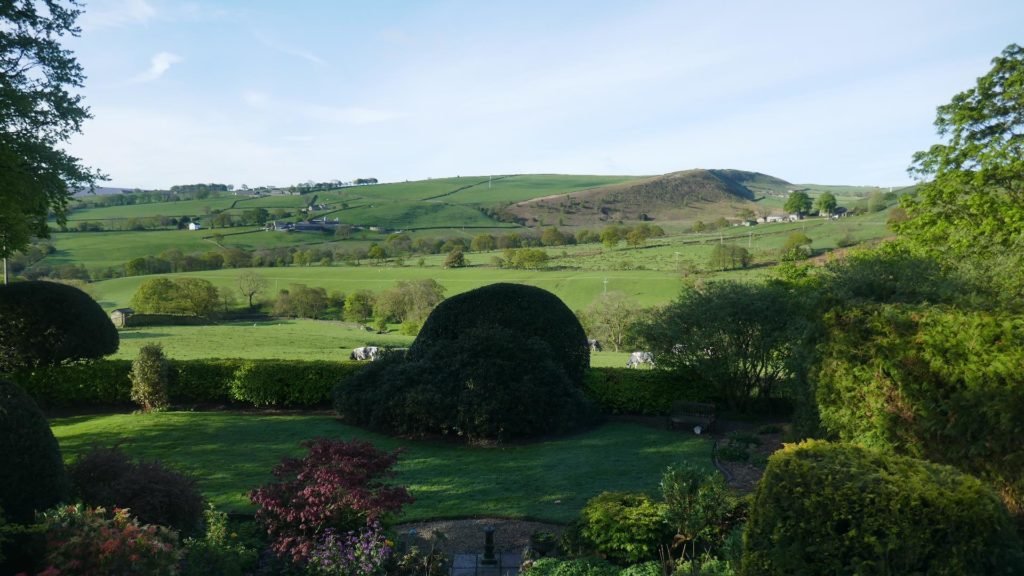
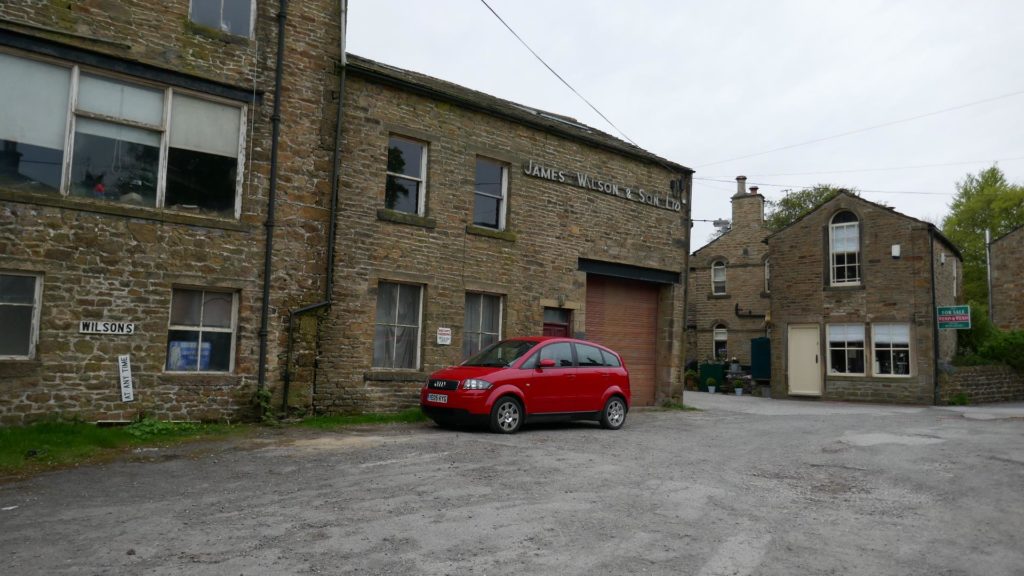
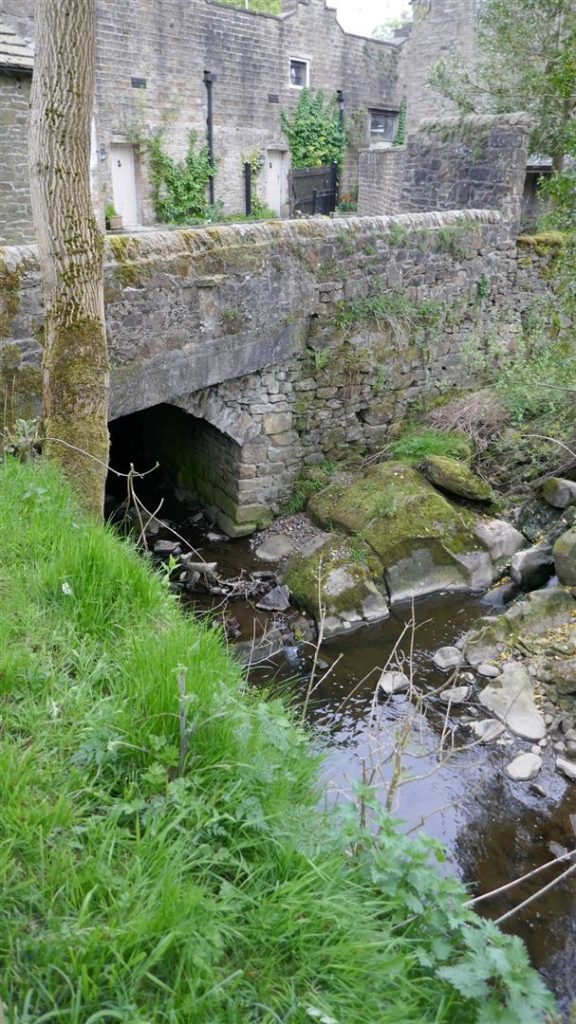
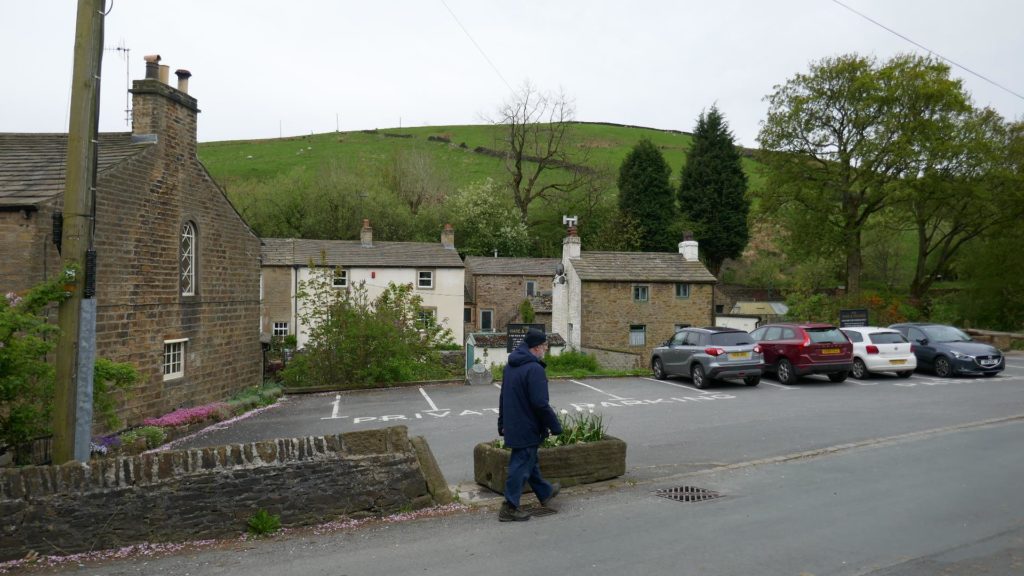

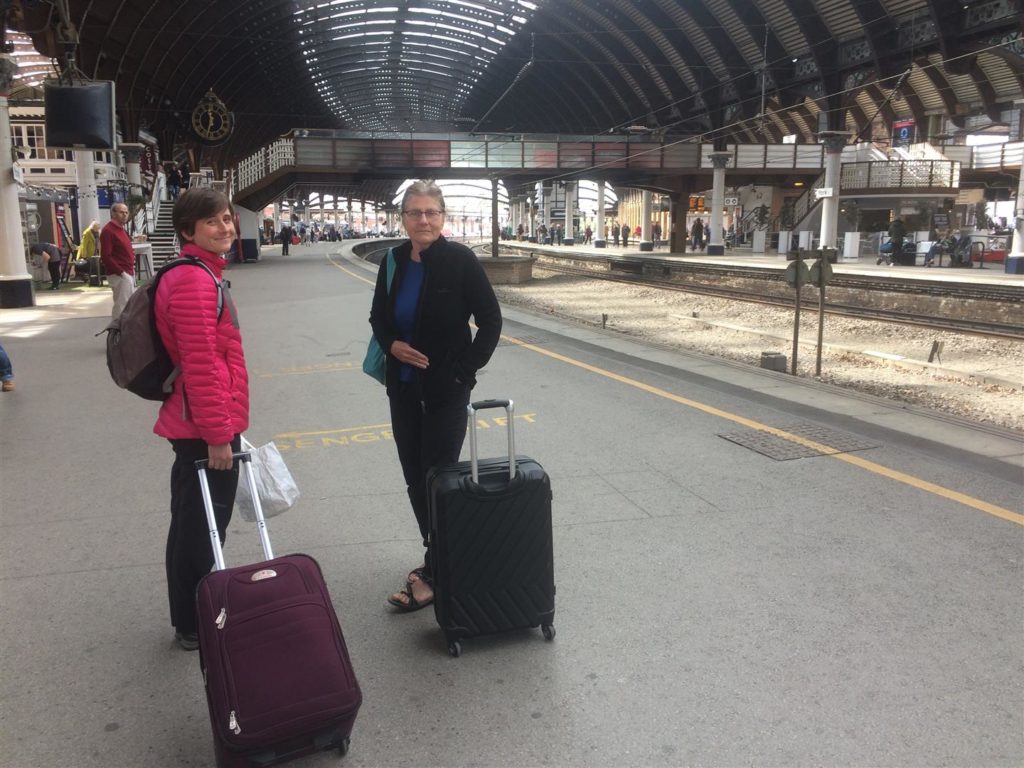 This platform brings back a lot of memories – for 5 years my parents used to see me off from here on the train to school in Edinburgh. Where I wasn’t very happy at all. And here I was, 45 years later, saying goodbye to my own child. Much less traumatic!
This platform brings back a lot of memories – for 5 years my parents used to see me off from here on the train to school in Edinburgh. Where I wasn’t very happy at all. And here I was, 45 years later, saying goodbye to my own child. Much less traumatic!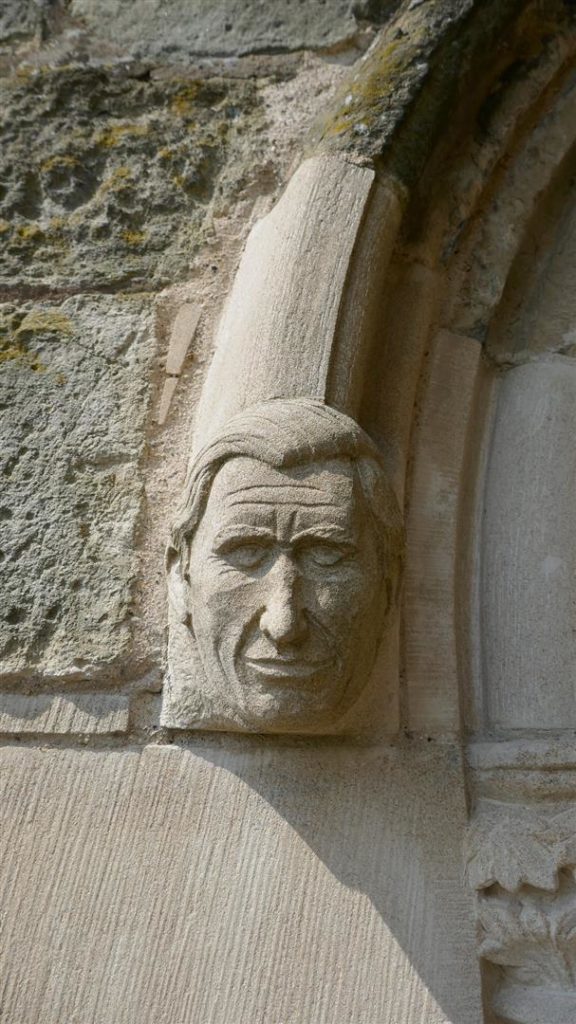
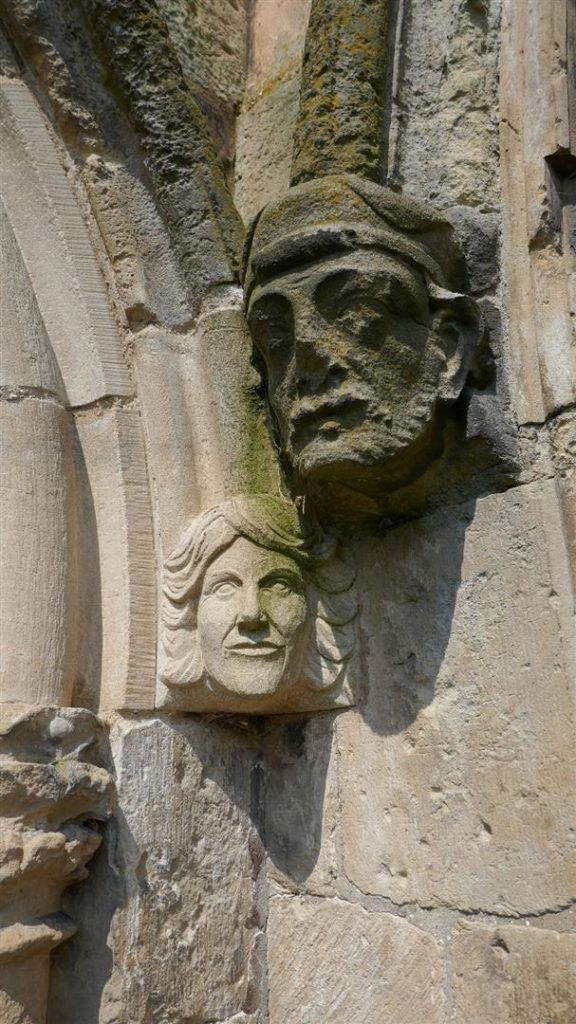
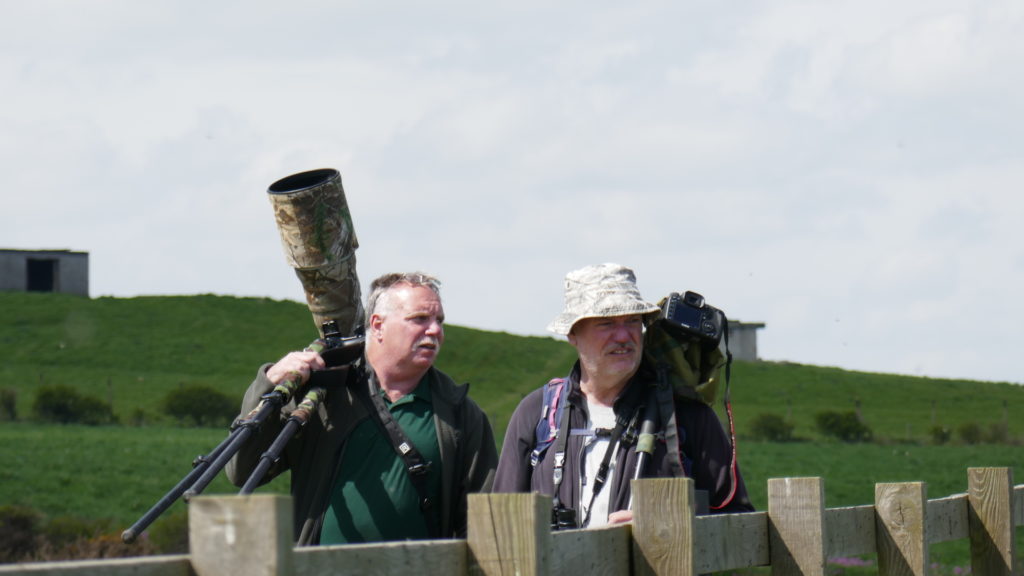
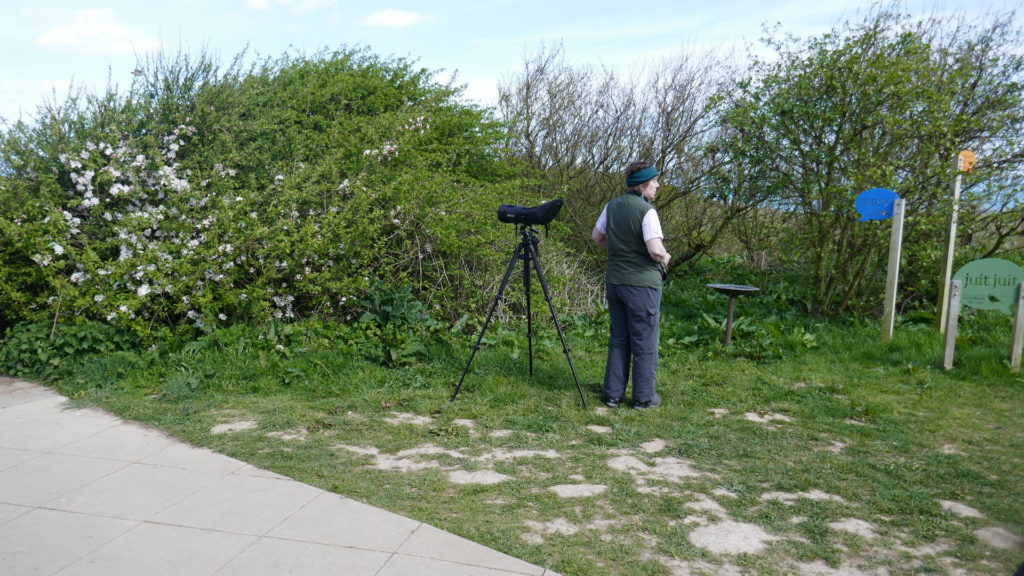
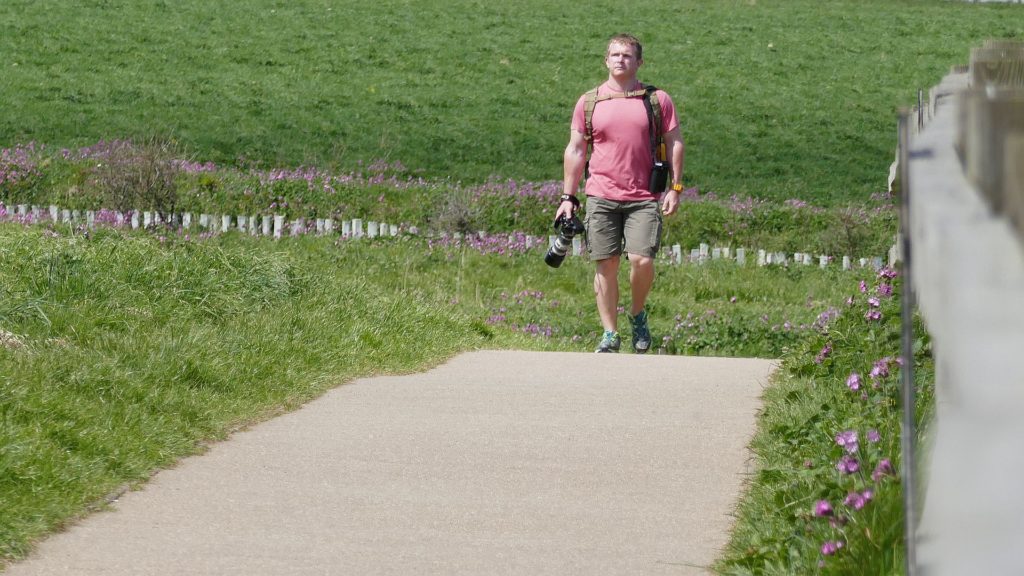
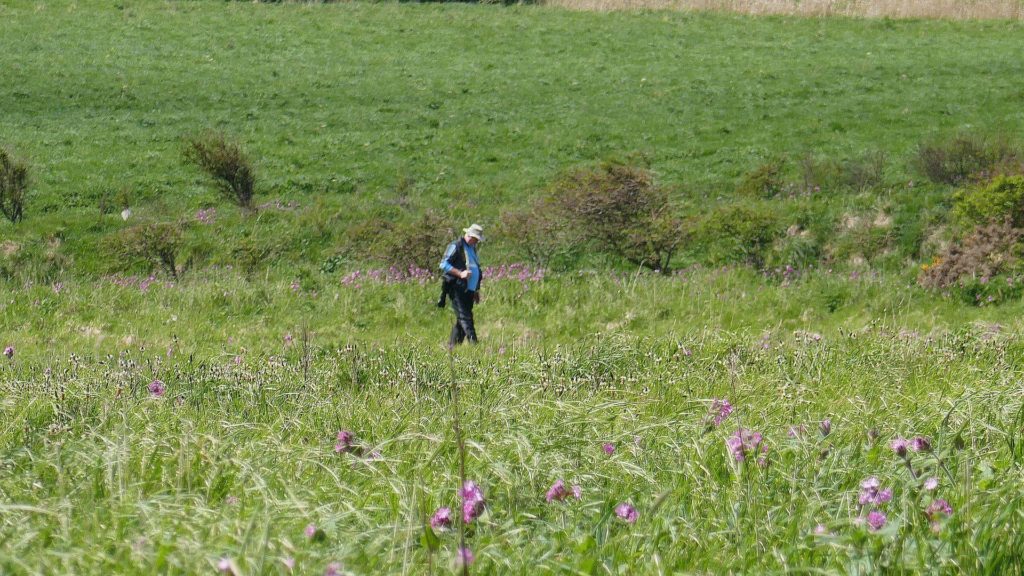
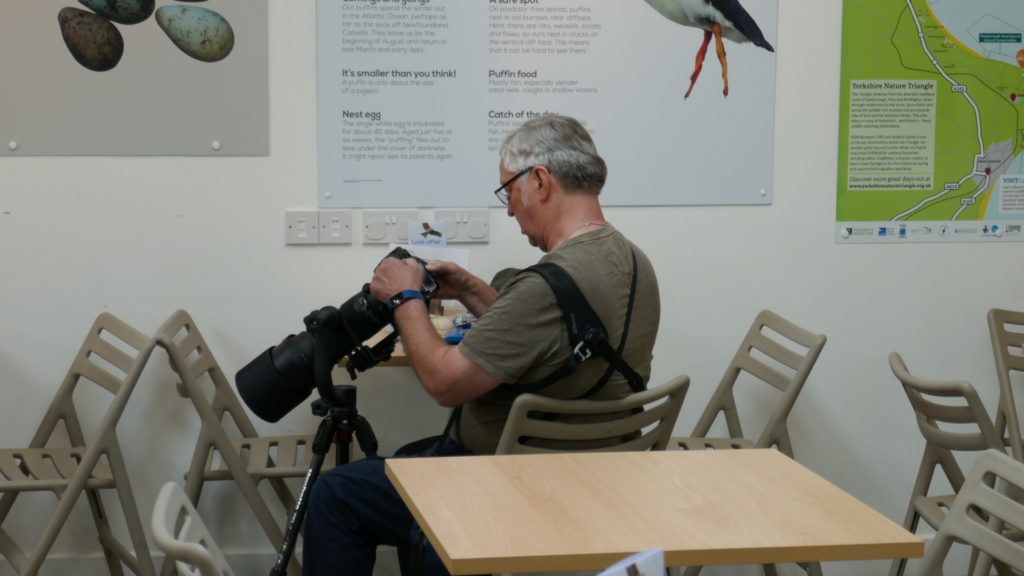
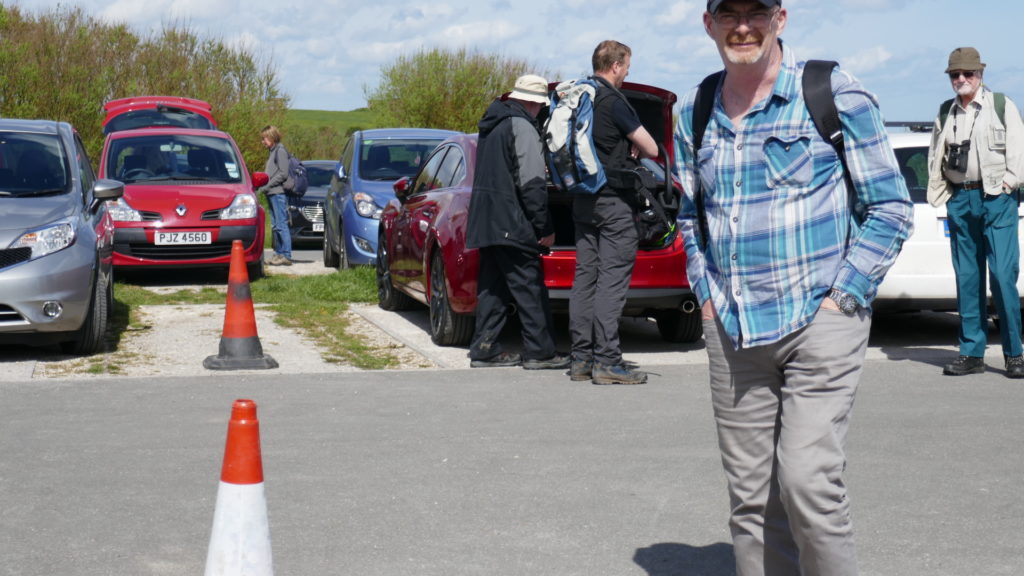 Some can be quite inquisitive if disturbed.
Some can be quite inquisitive if disturbed.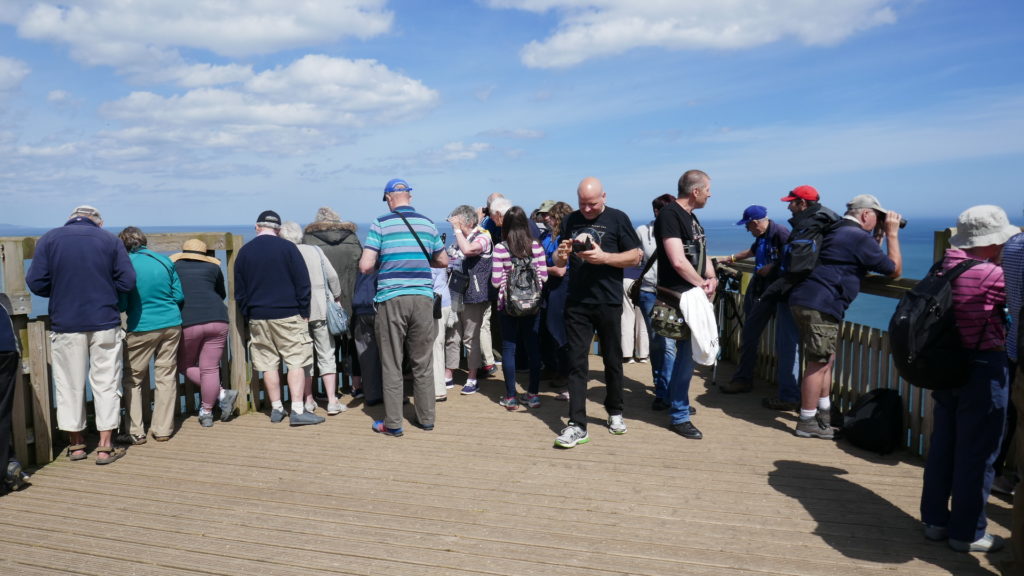
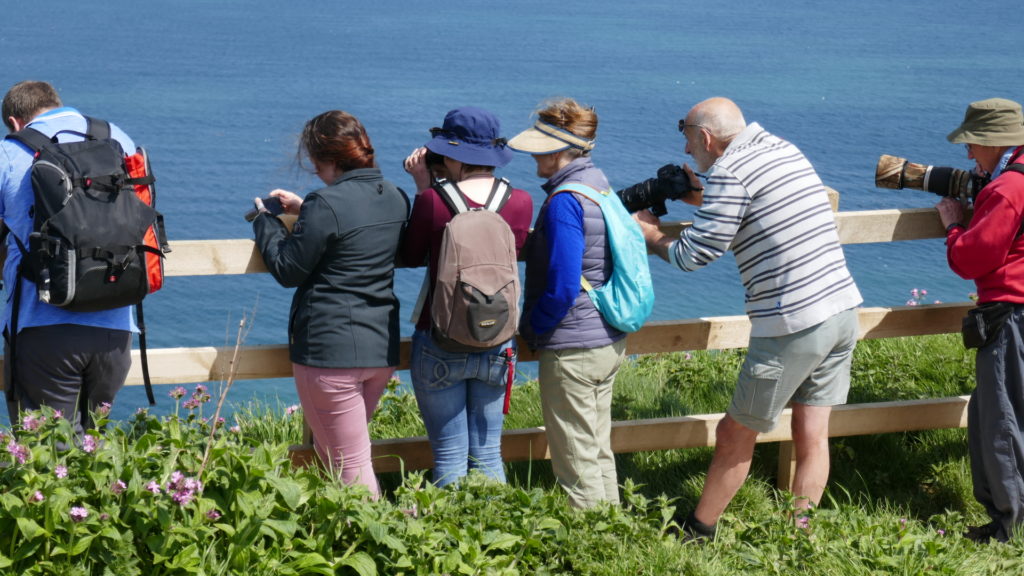
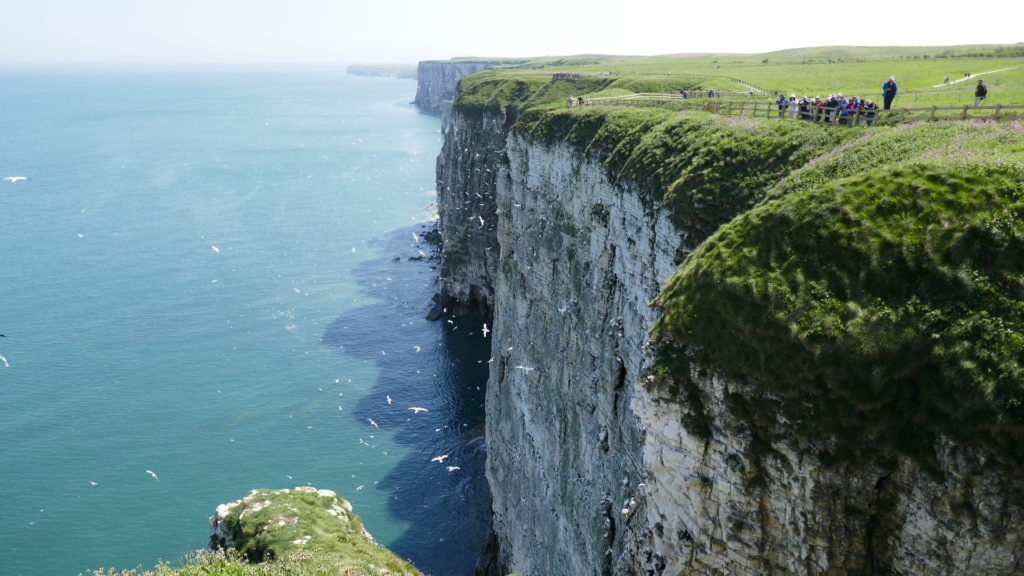

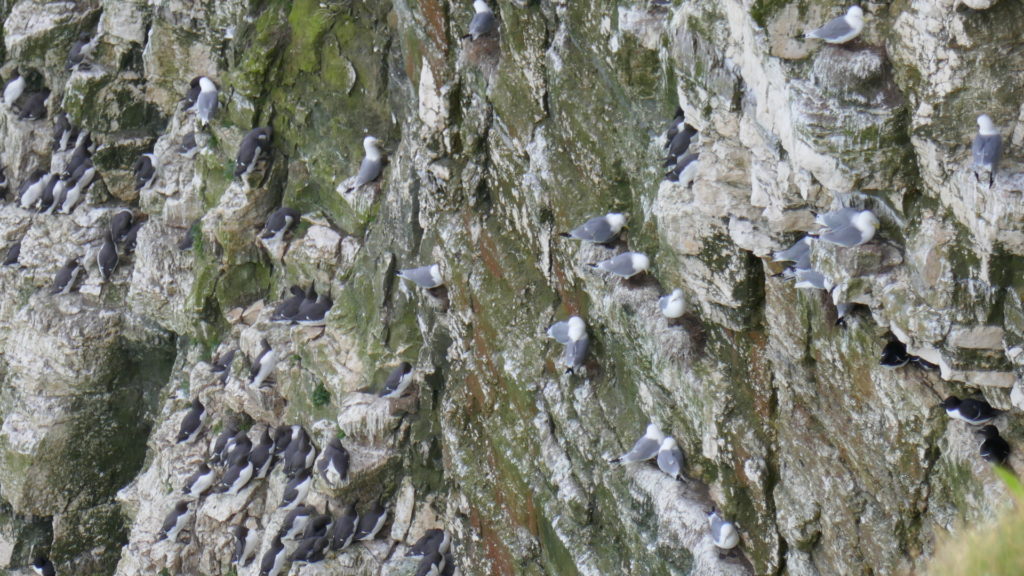
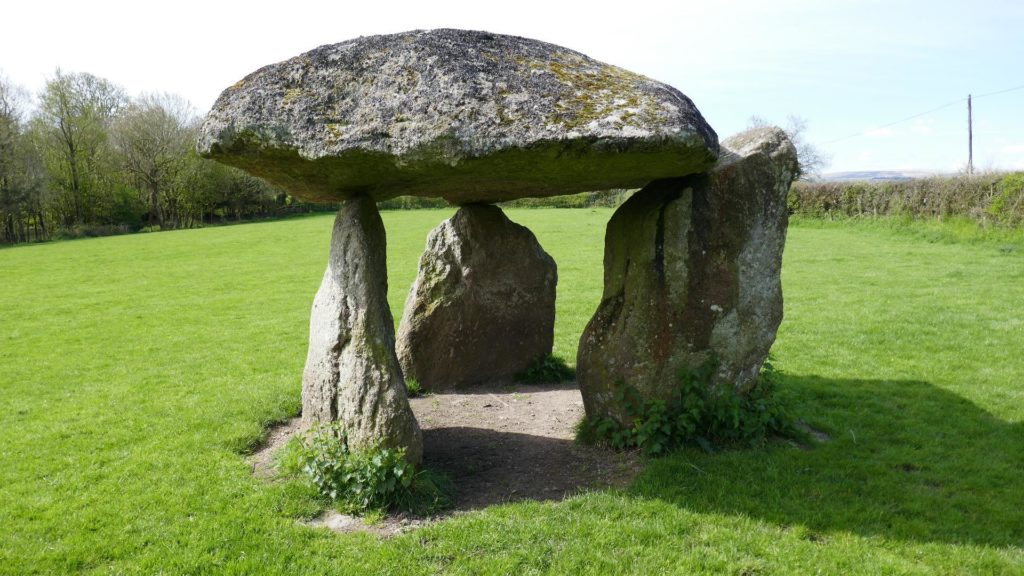
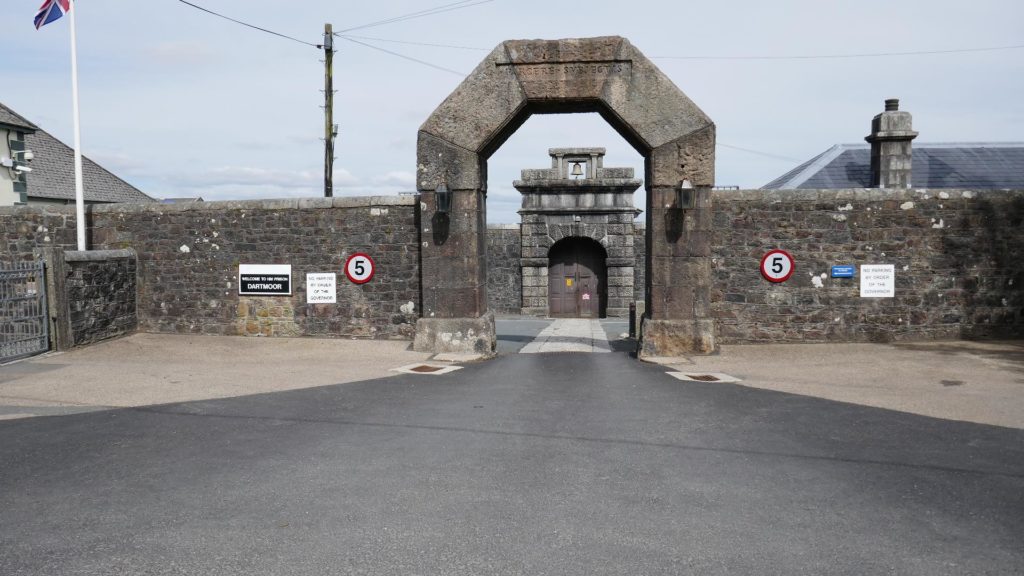
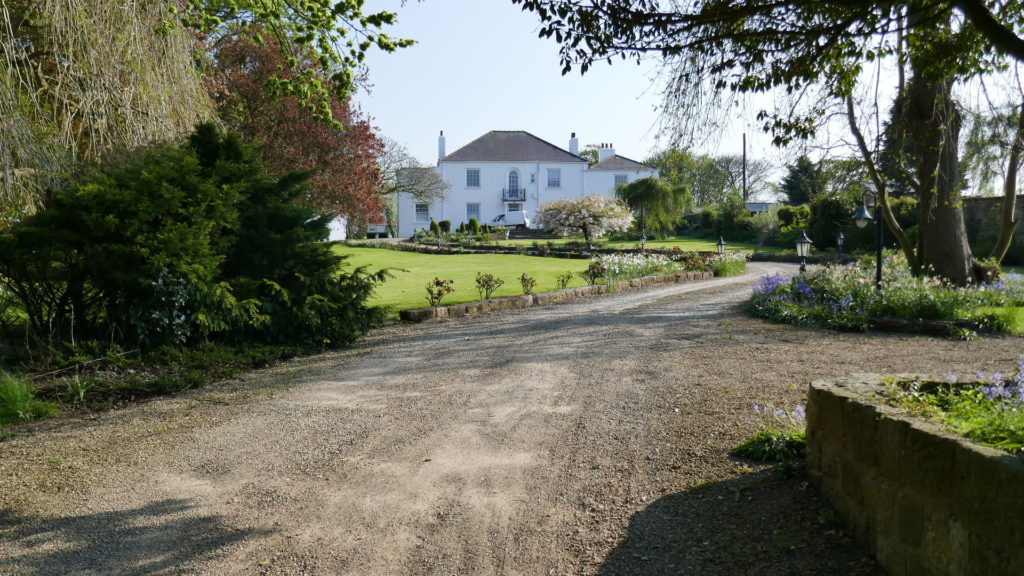
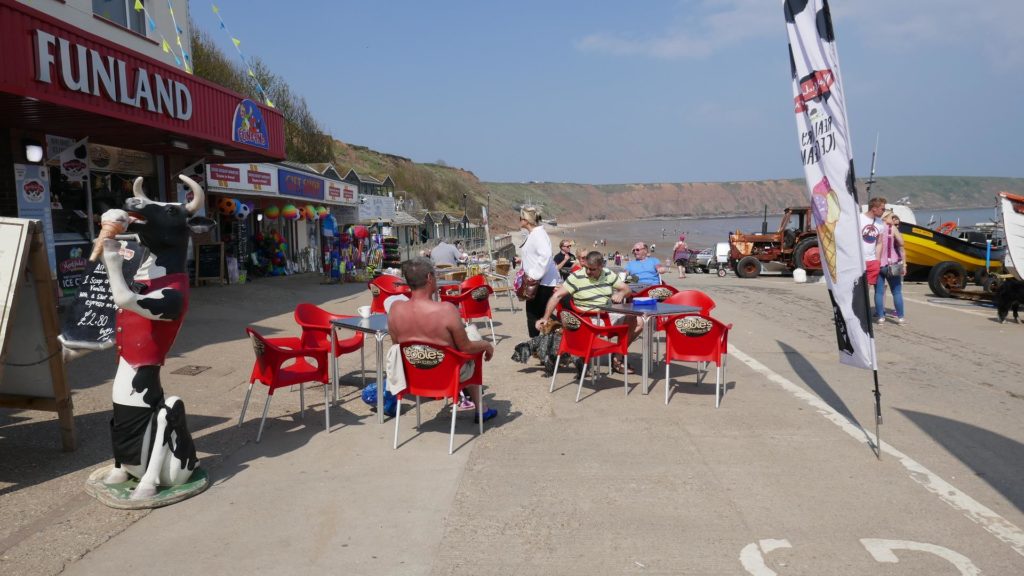

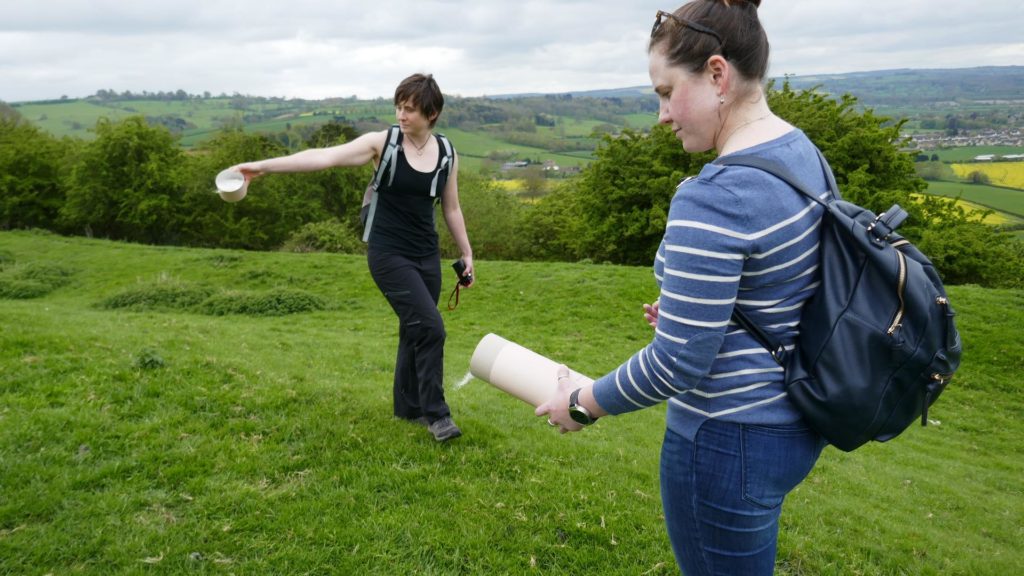
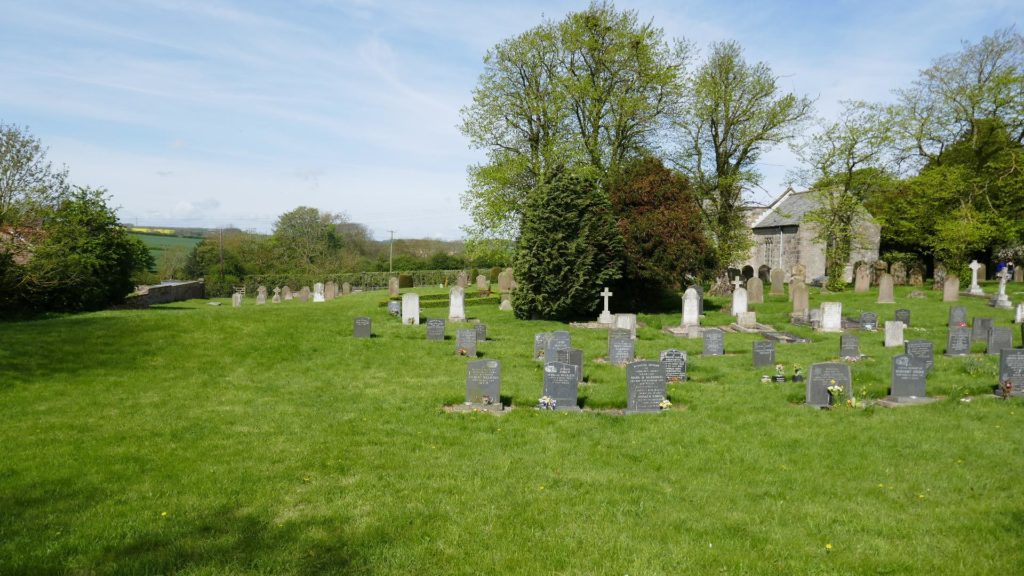
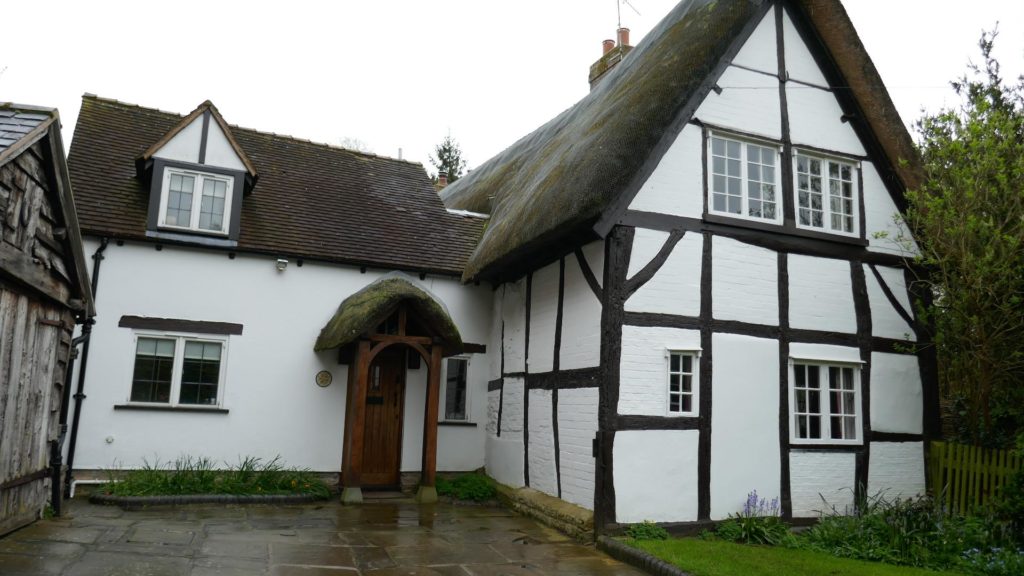
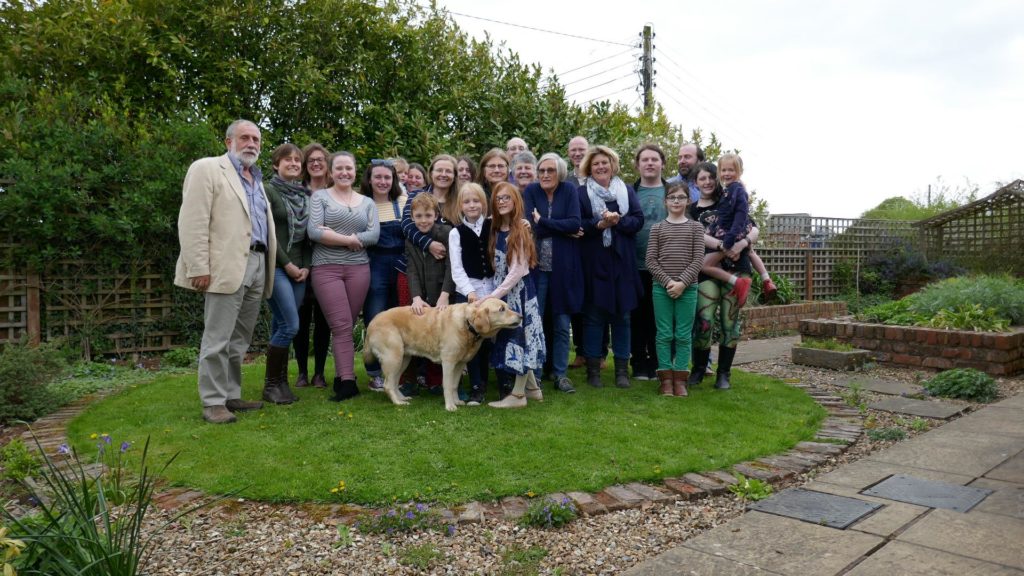
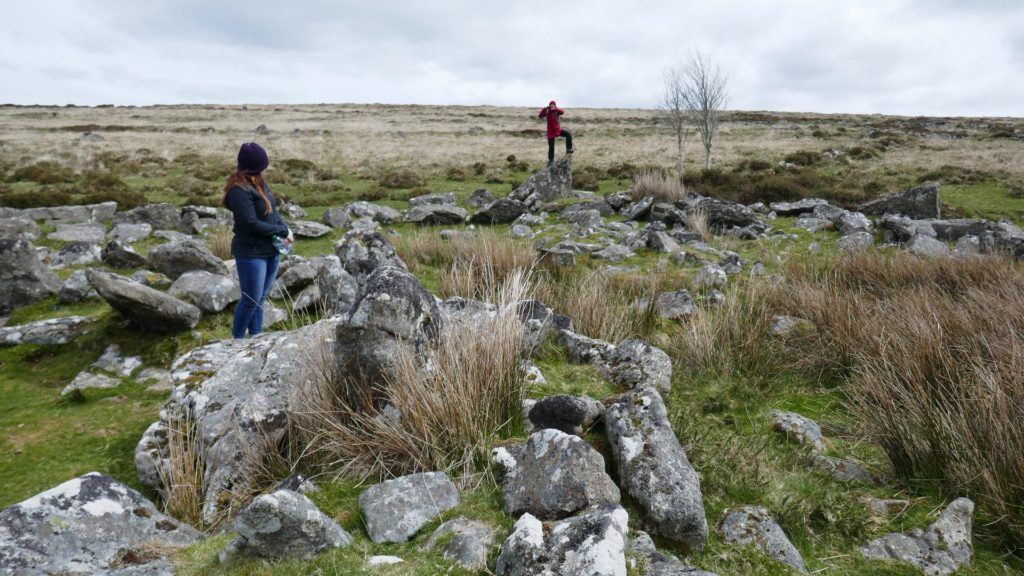
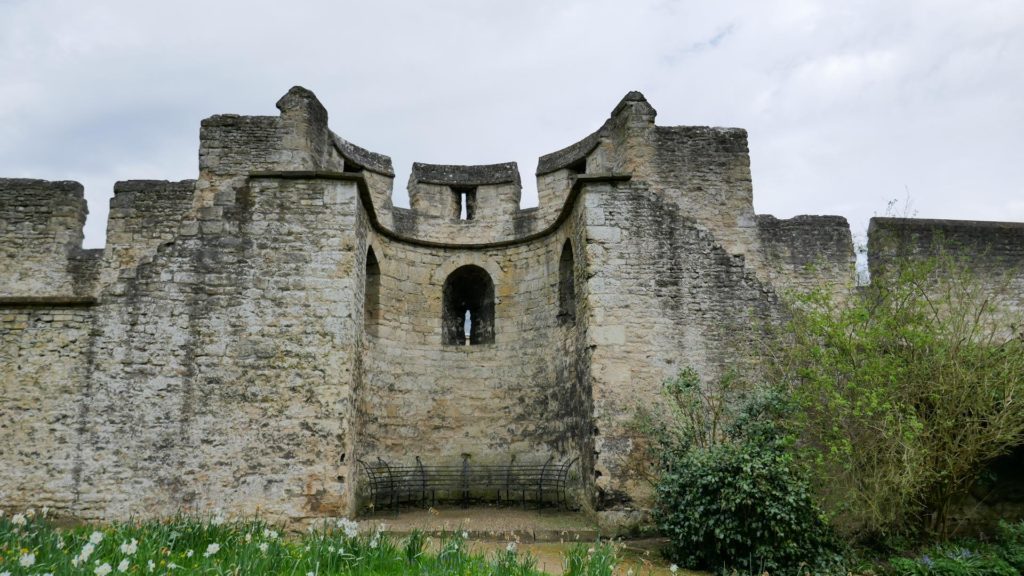
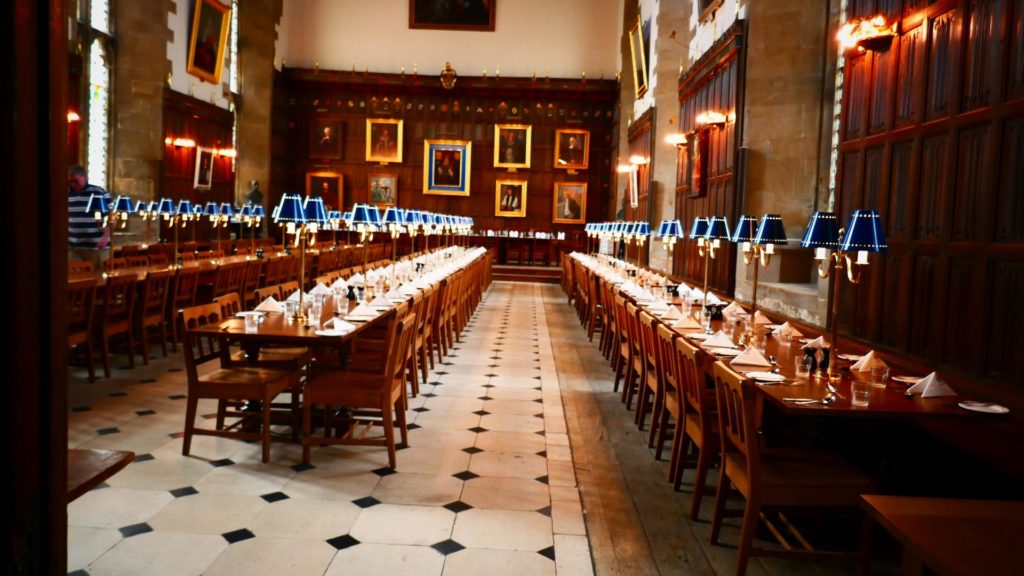
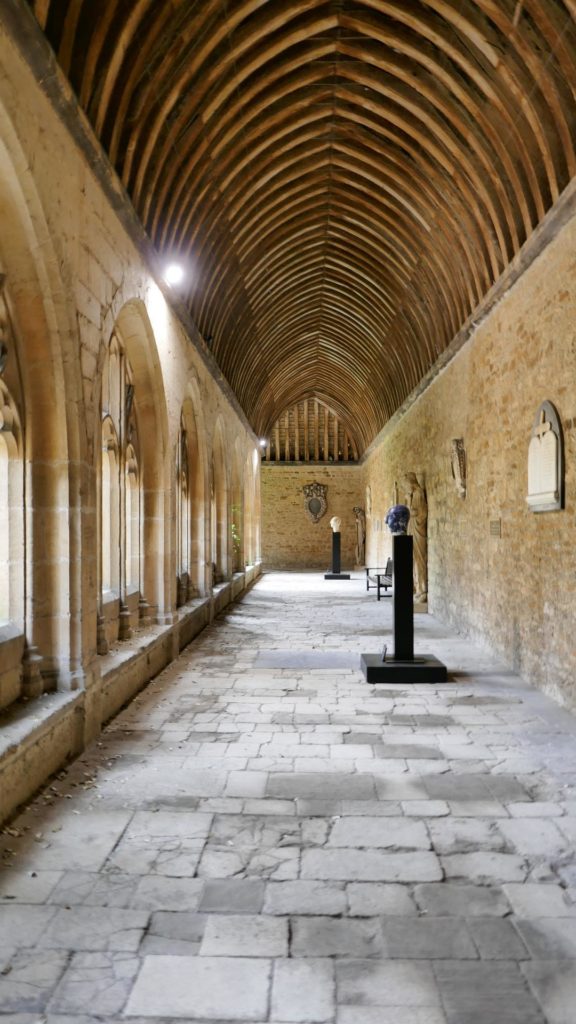
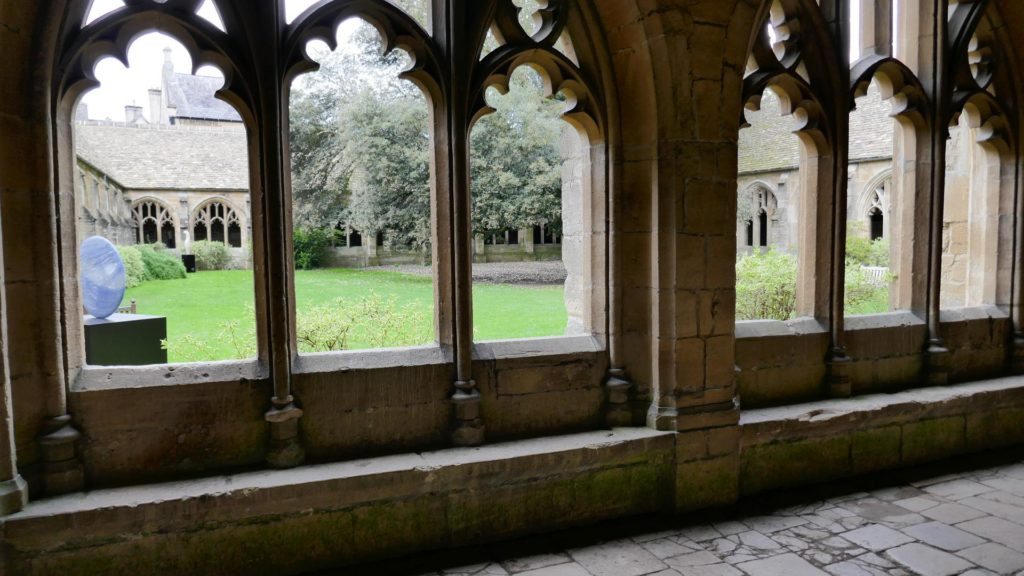
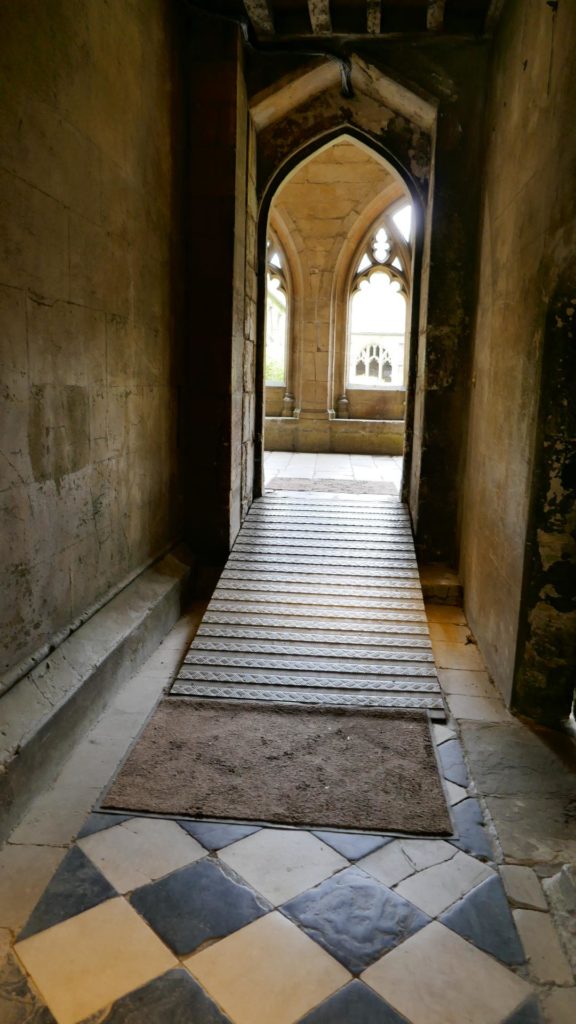
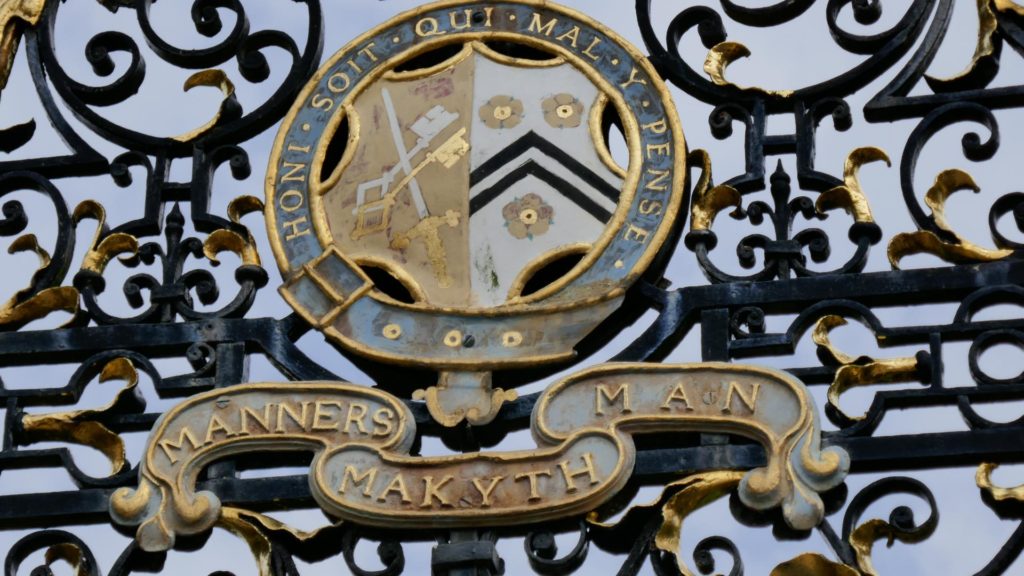
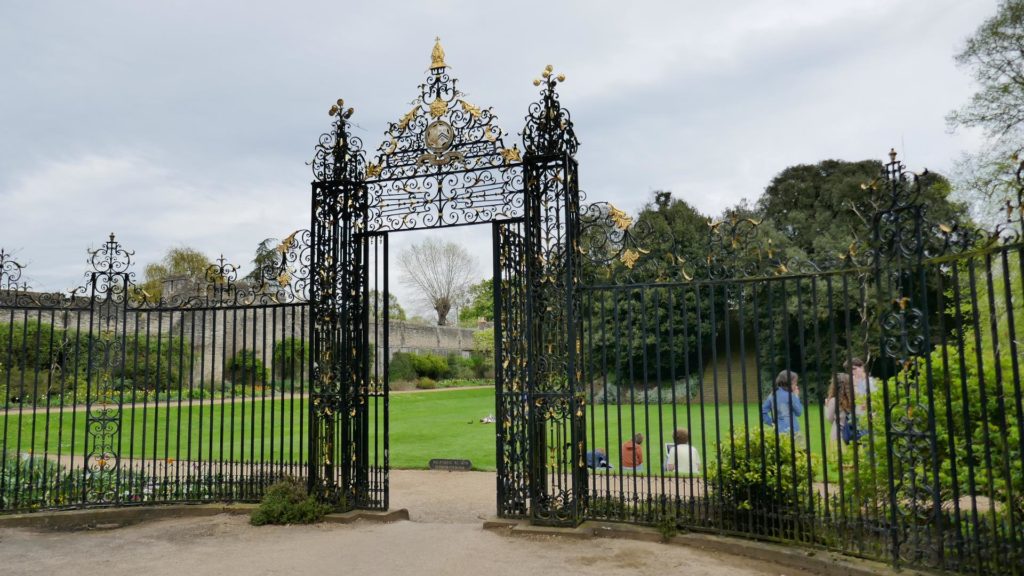
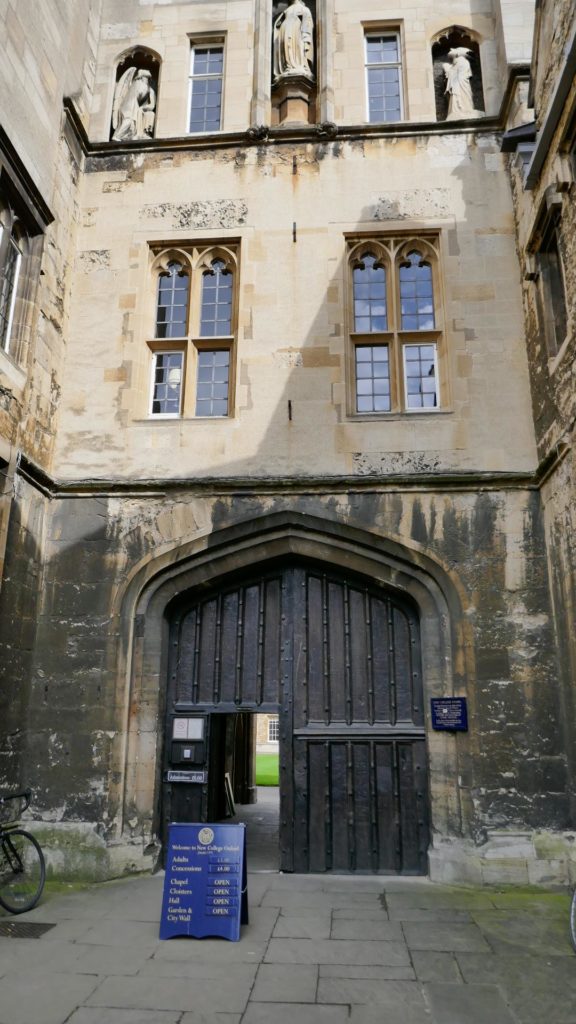
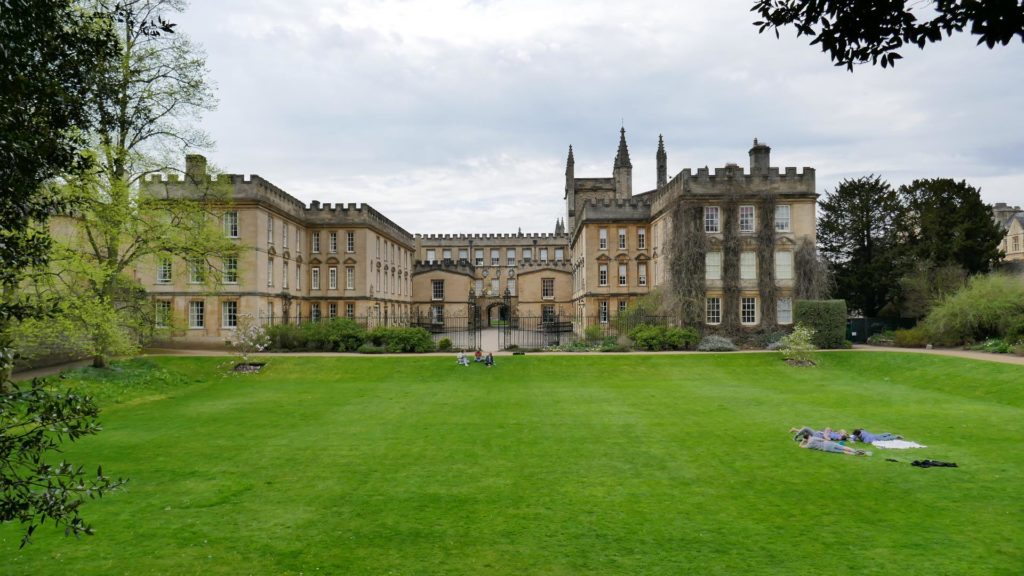
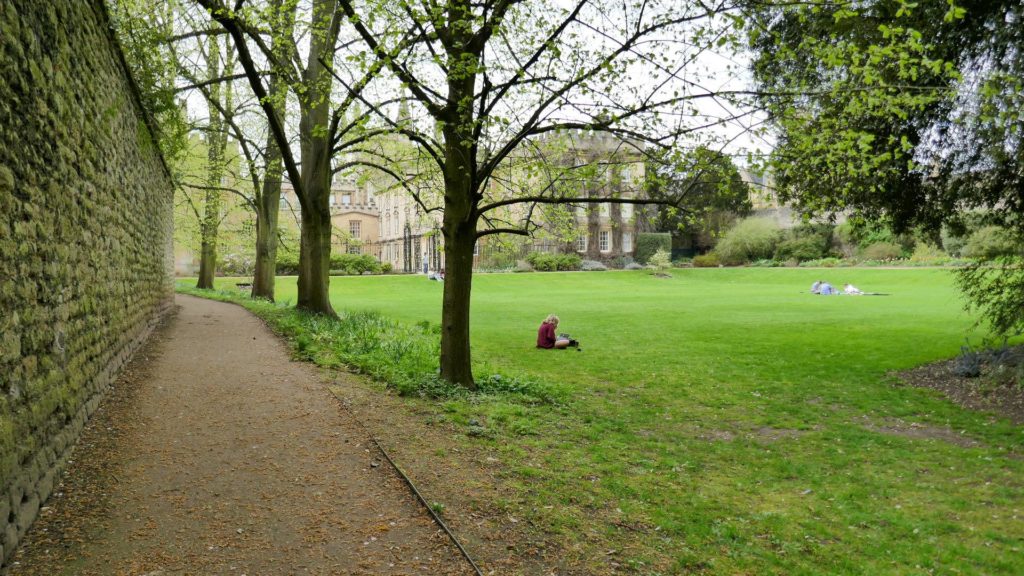 The garden below is 725 years old. Just behind it is a church which is 950 years old. Puts Australia in perspective – when I lived here I just took all this for granted, but now I’m visiting after 40 years it seems very special.
The garden below is 725 years old. Just behind it is a church which is 950 years old. Puts Australia in perspective – when I lived here I just took all this for granted, but now I’m visiting after 40 years it seems very special.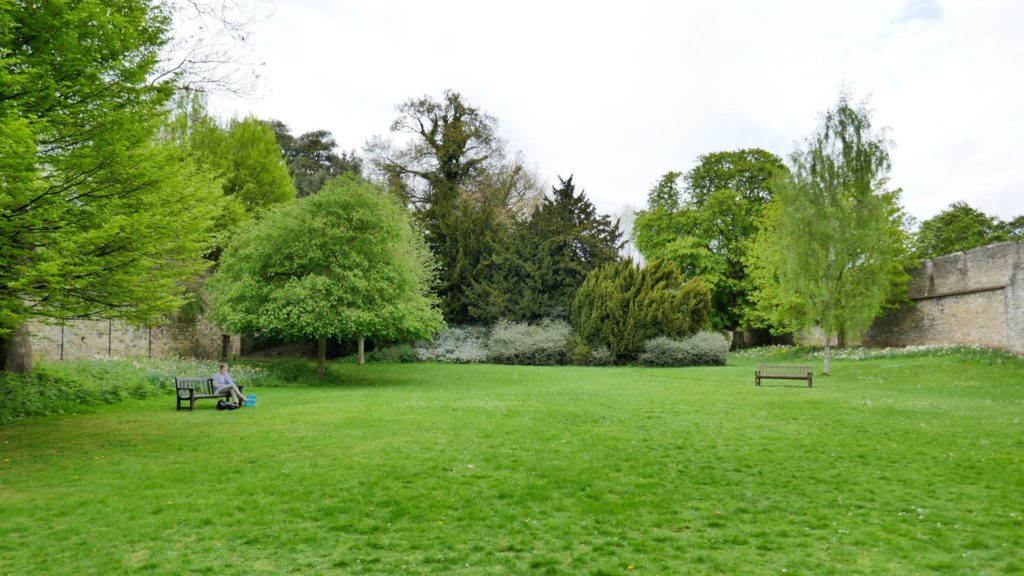
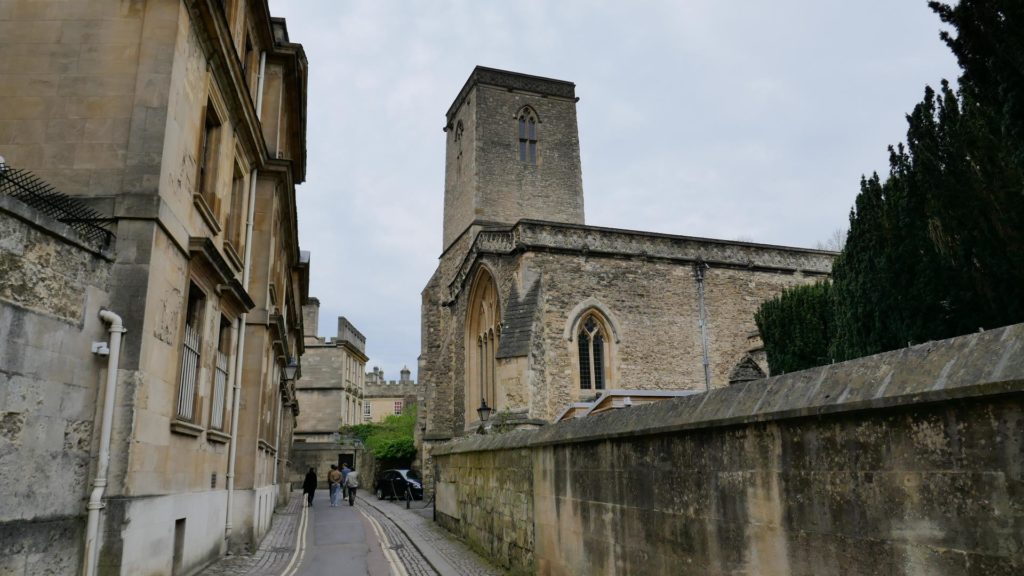
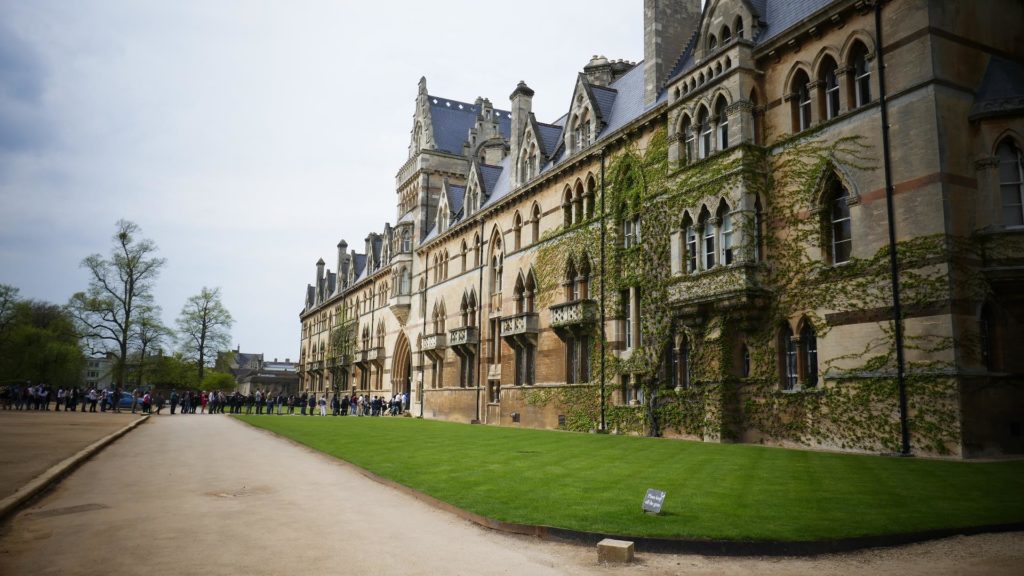
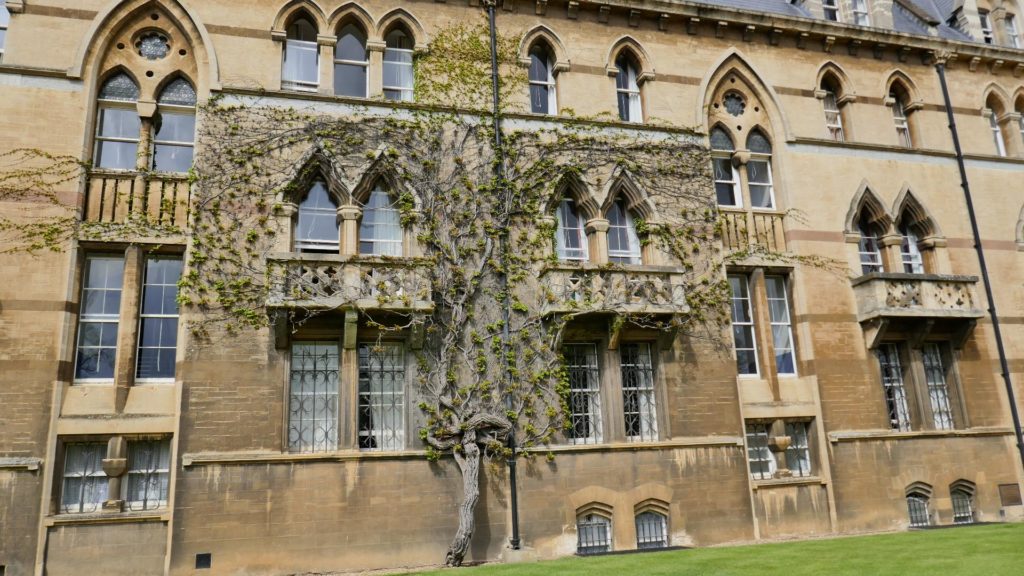
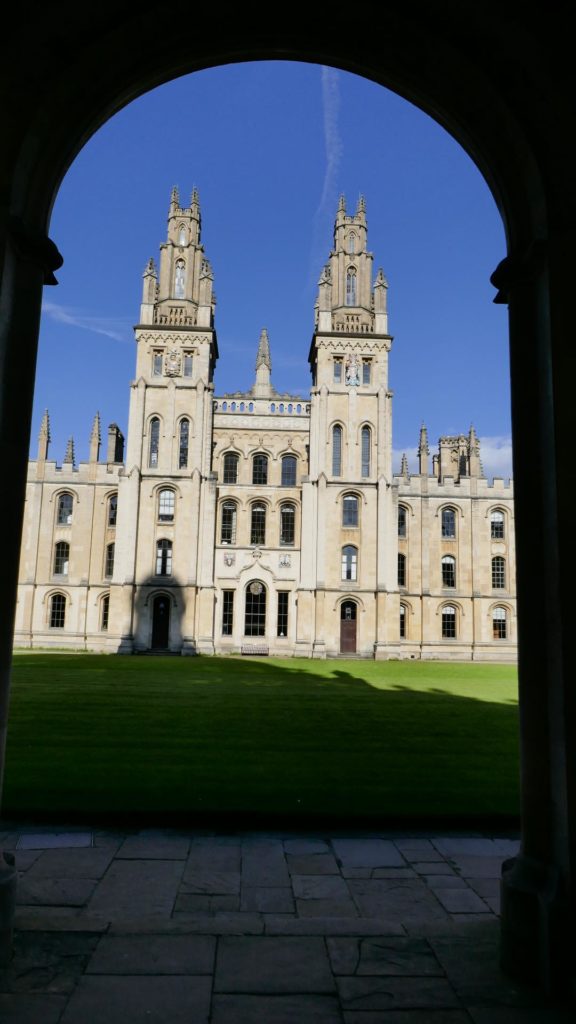
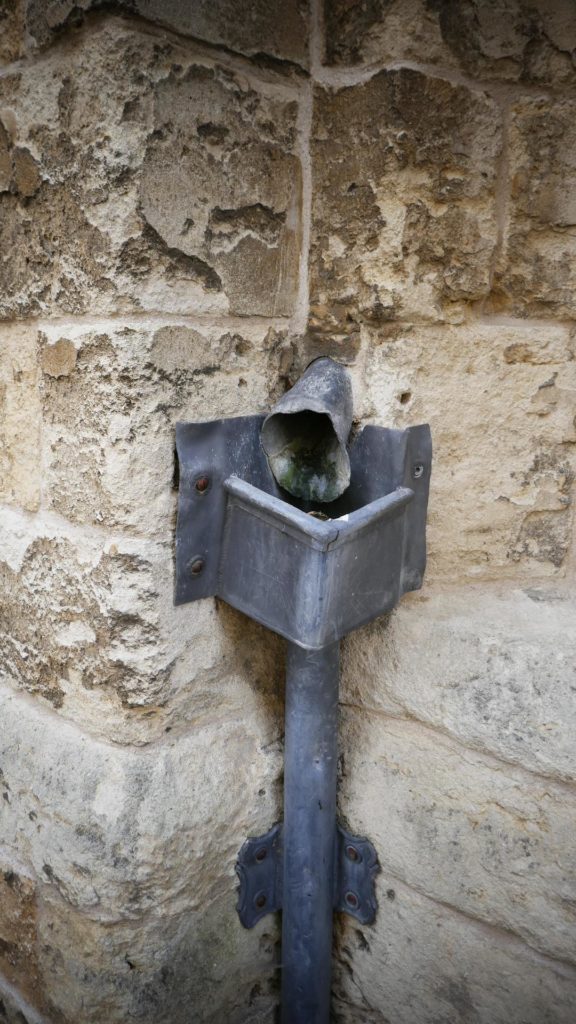
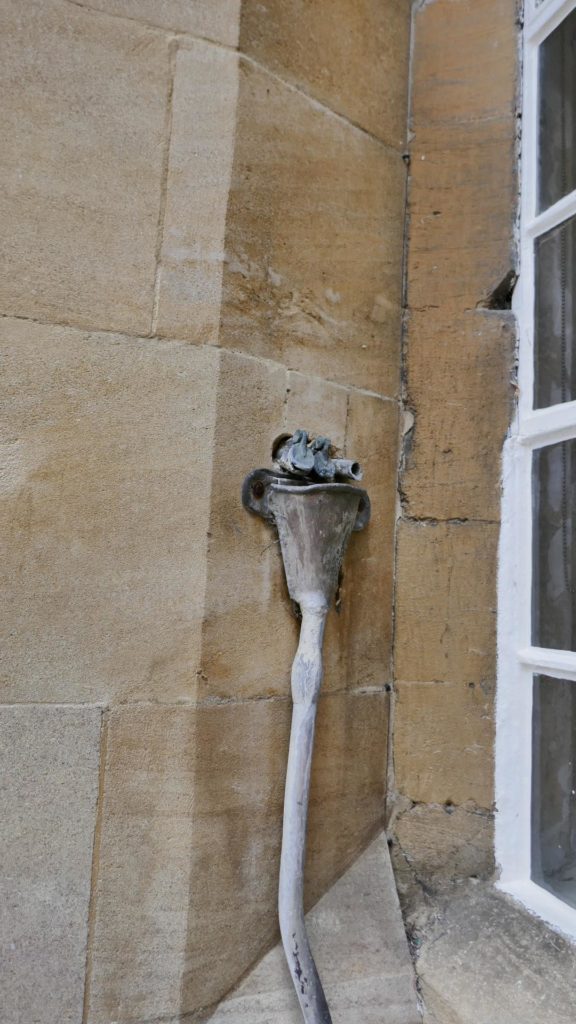
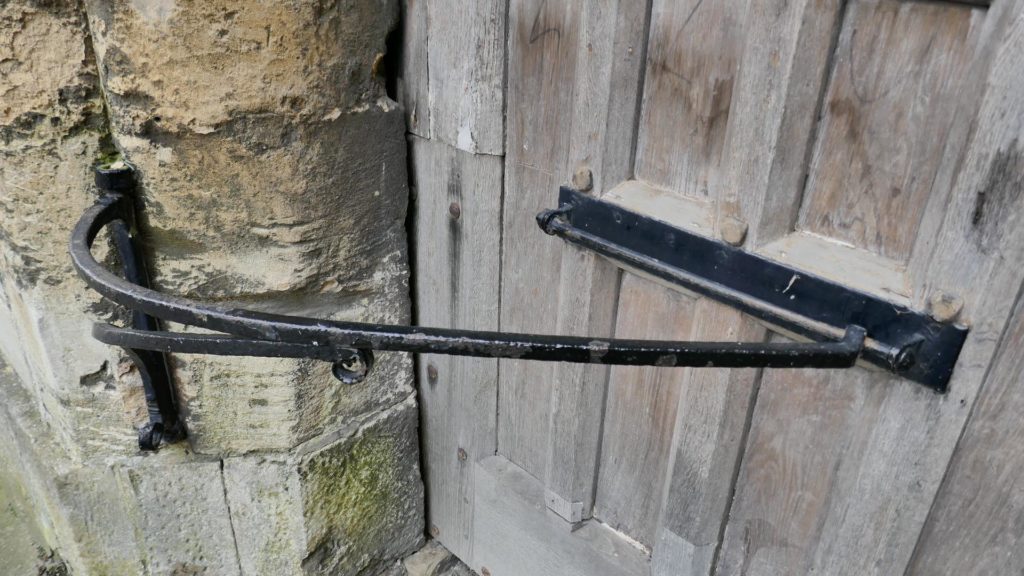
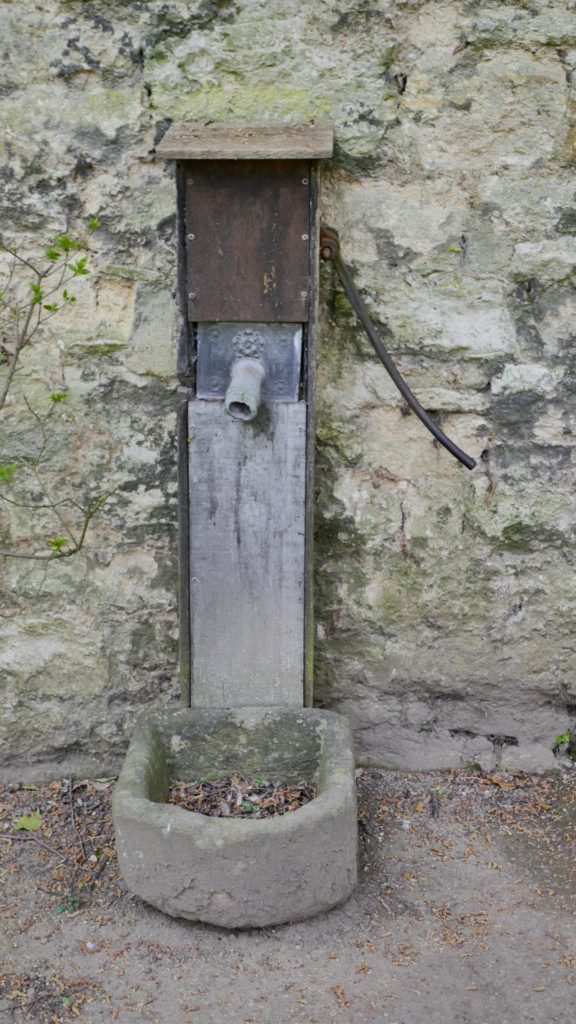
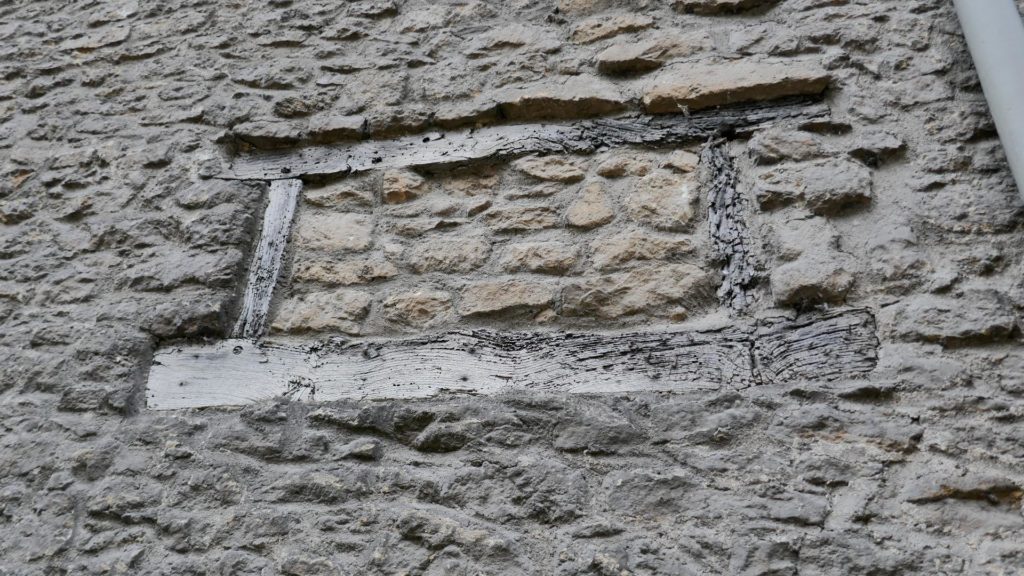
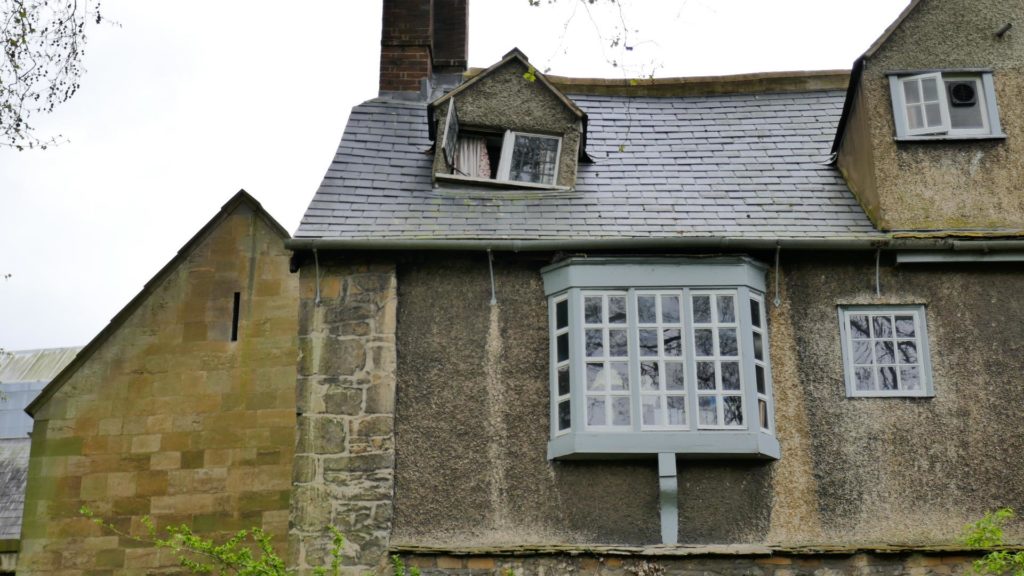
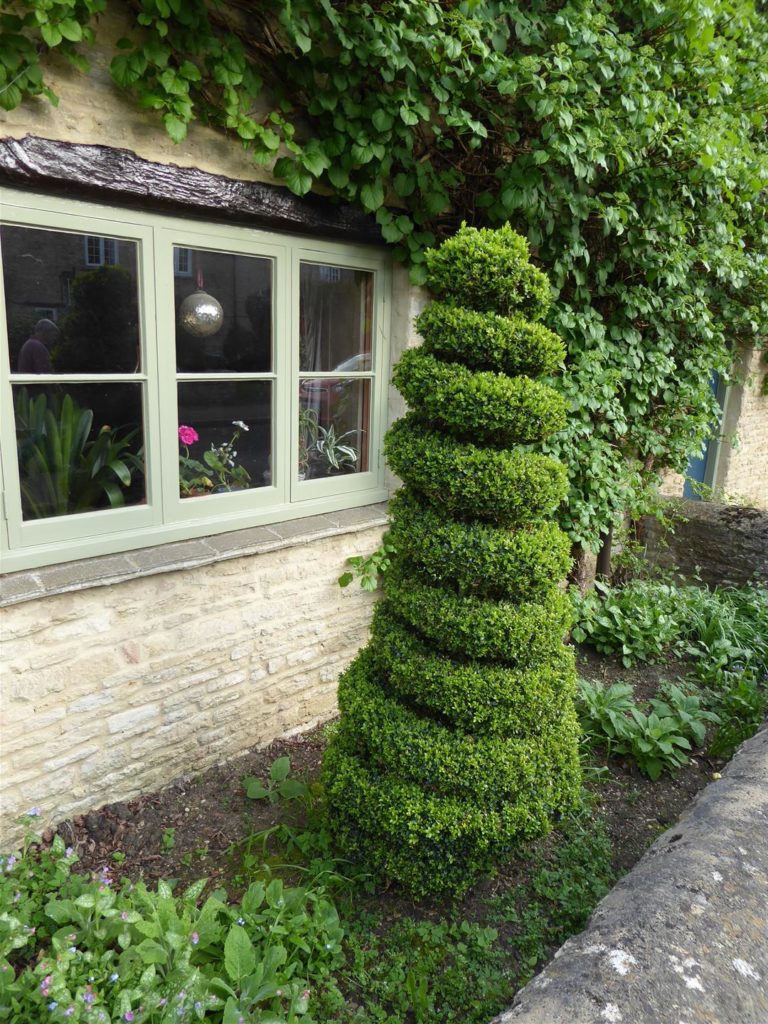
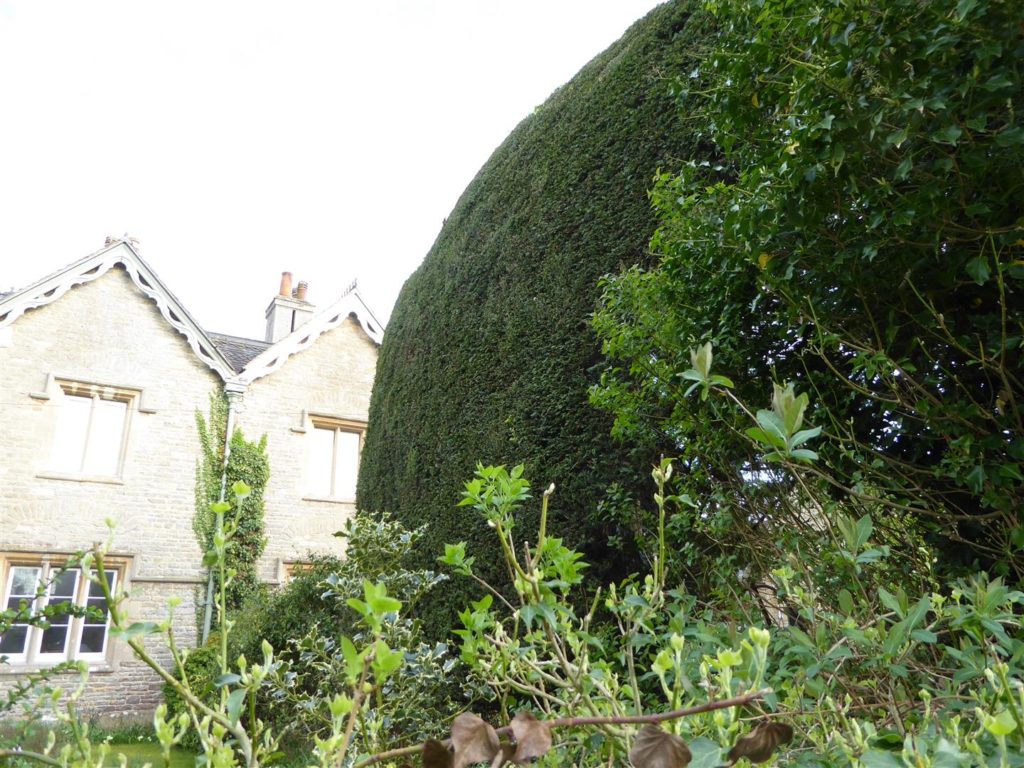
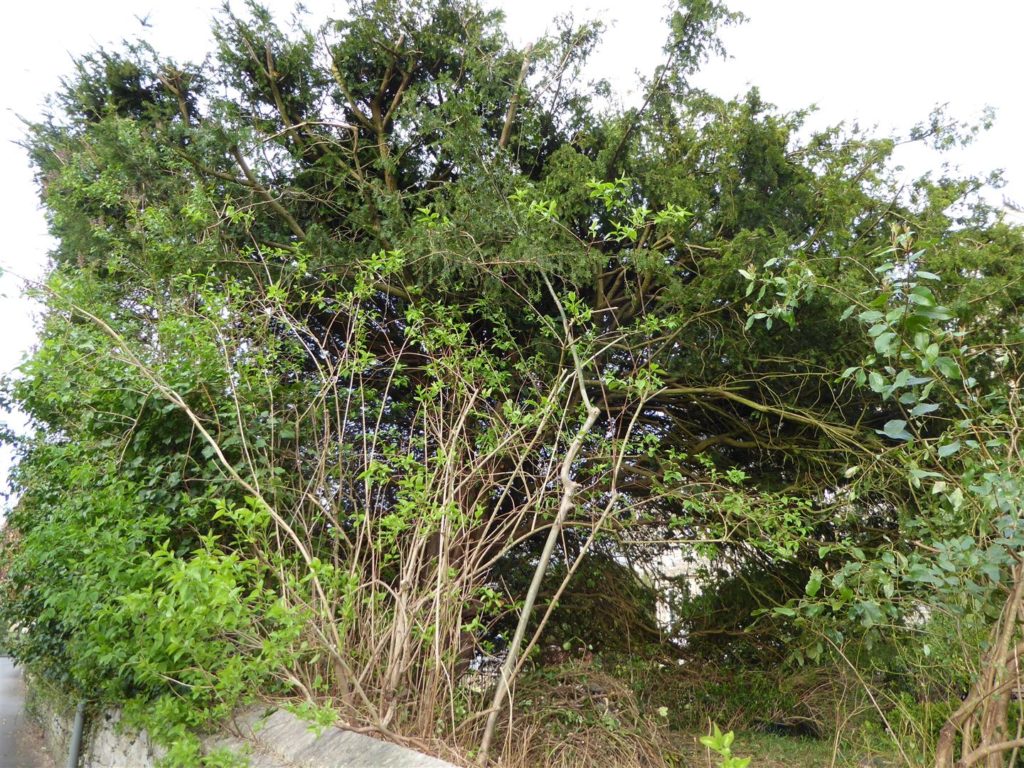
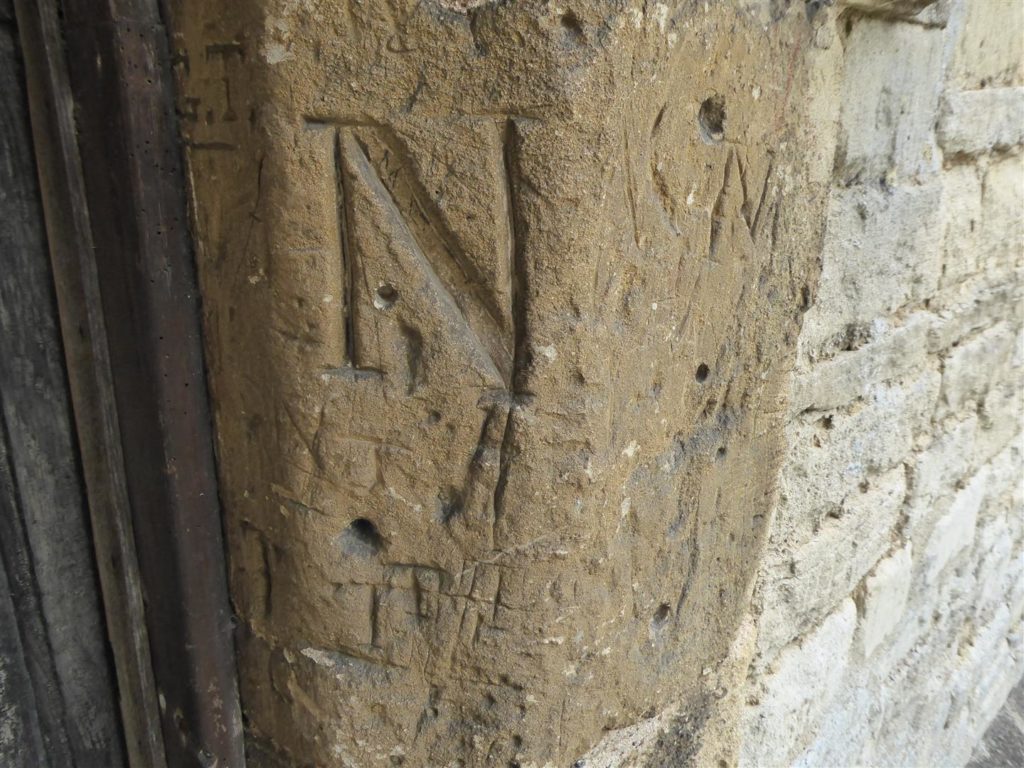
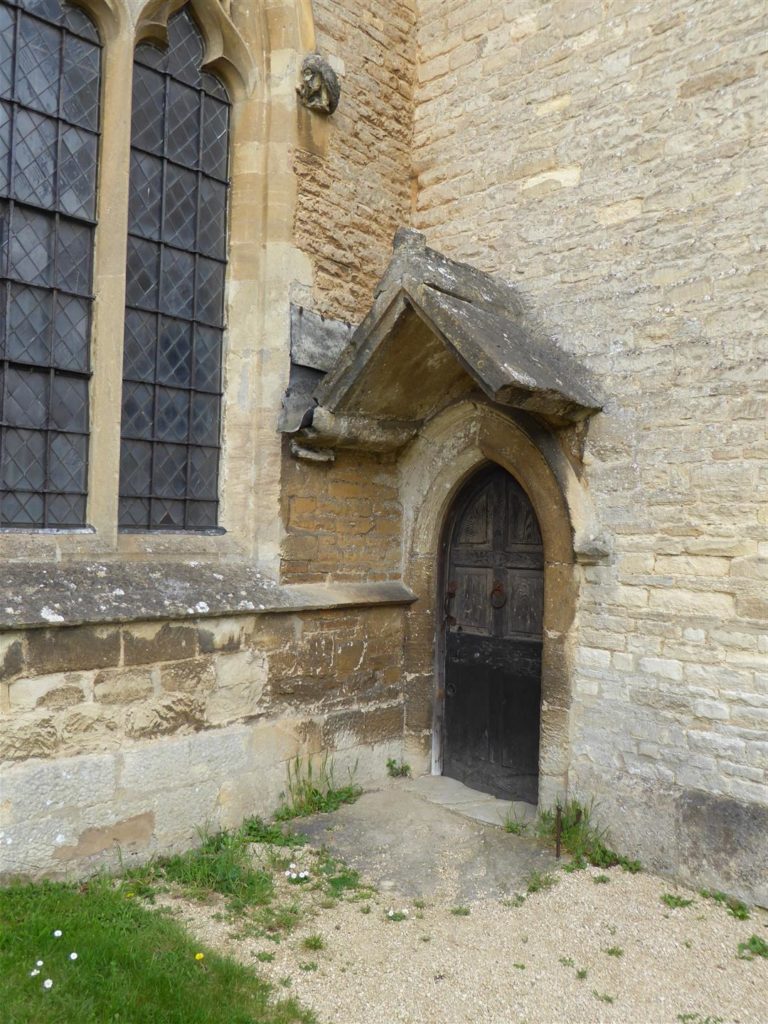
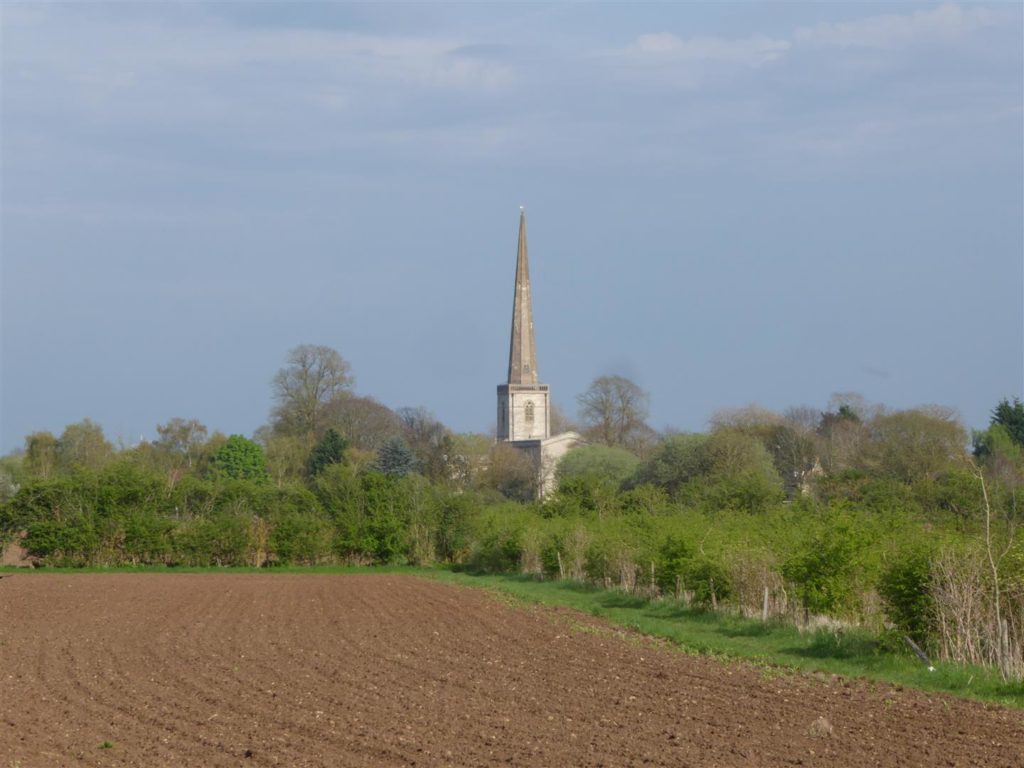
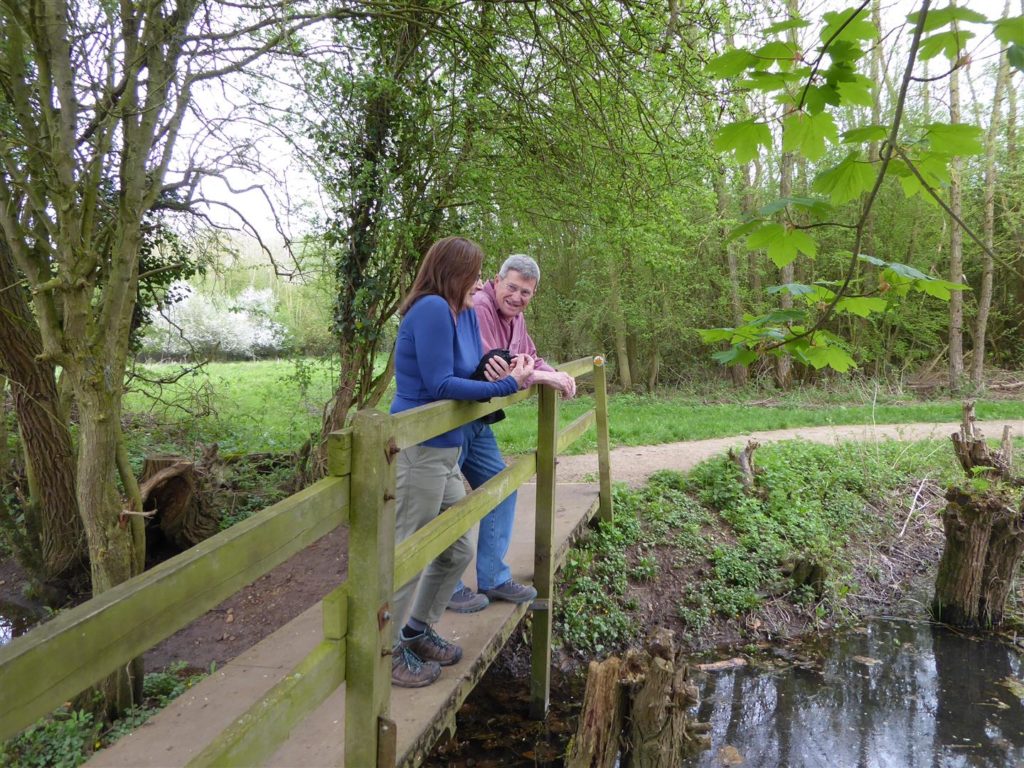
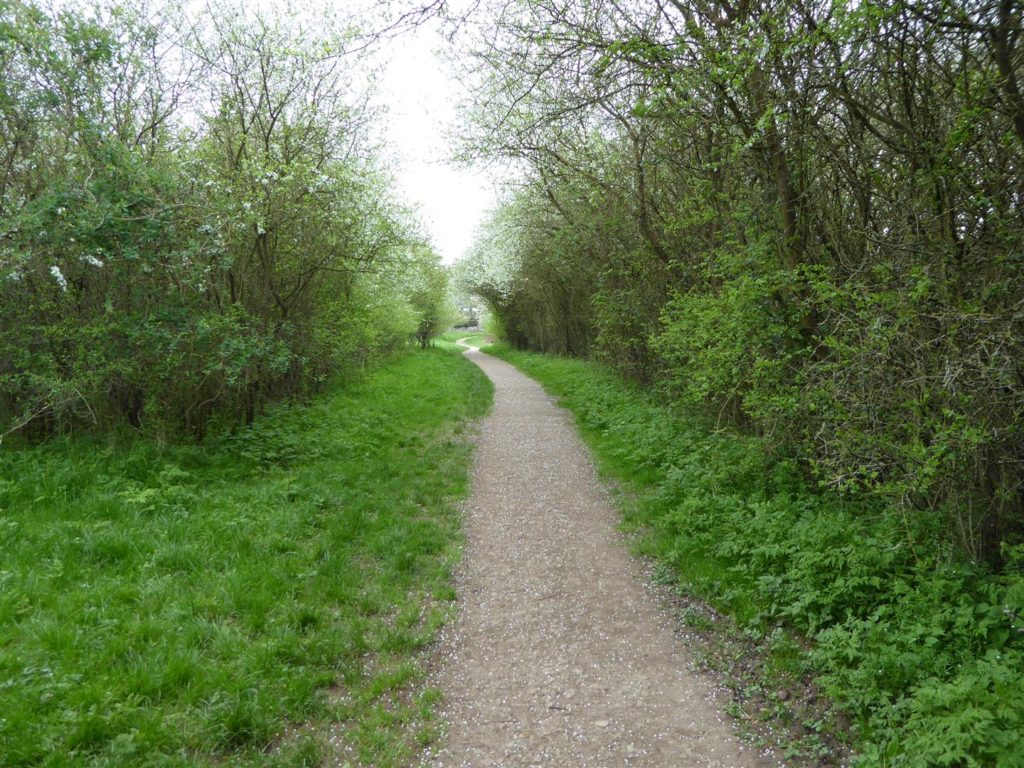
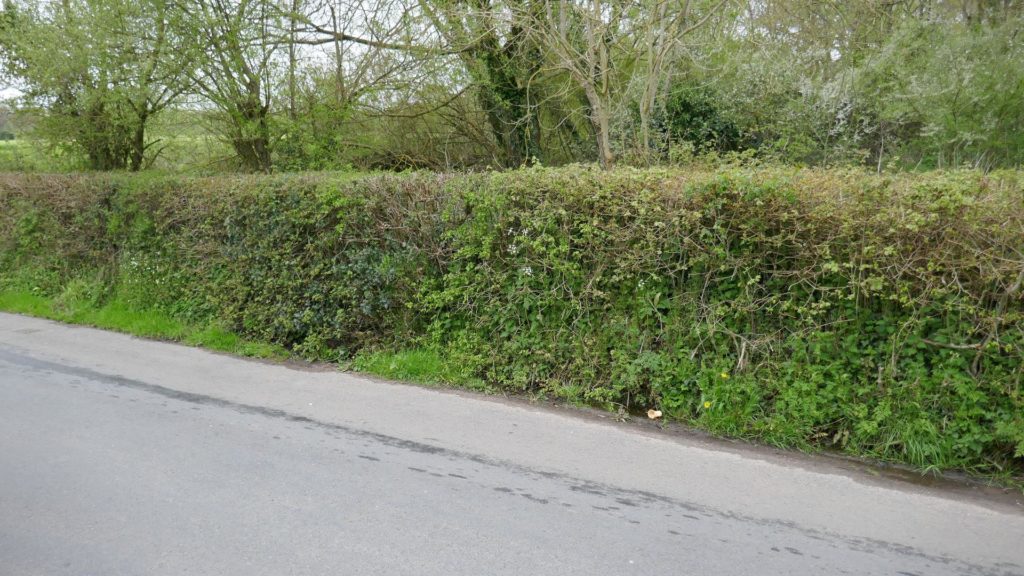 or a single row of woven plants:
or a single row of woven plants: